Benz scuba. The Bends: Understanding Barotrauma and Decompression Sickness in Scuba Diving
What are the causes and types of barotrauma in scuba diving. How can divers prevent decompression sickness. What are the symptoms and treatments for the bends. Why is proper ascent crucial for diver safety. How does water pressure affect the human body during diving.
The Physics of Diving: Pressure Changes and Their Effects on the Human Body
Scuba diving exposes the human body to significant pressure changes as divers descend and ascend through water. These pressure changes can have profound effects on various body systems, potentially leading to medical conditions known as barotrauma and decompression sickness. Understanding the physics behind these phenomena is crucial for every diver’s safety and enjoyment of the sport.
Water exerts much greater pressure on the body than air does at sea level. For every 10 meters (33 feet) of depth, the pressure increases by approximately 1 atmosphere. This means that at 30 meters (100 feet), a diver experiences four times the pressure they would at the surface. These pressure changes affect air-filled spaces in the body, such as the lungs, sinuses, and ears, which must adapt to maintain equilibrium with the surrounding water pressure.

How does pressure affect air-filled spaces in the body?
As a diver descends, the increased pressure compresses the air in these spaces. If the pressure is not equalized, it can lead to various forms of barotrauma. Conversely, as a diver ascends, the air in these spaces expands, which can also cause problems if not managed properly. This is why proper equalization techniques and controlled ascent rates are essential skills for every diver to master.
Types of Barotrauma: From Ear Squeezes to Lung Injuries
Barotrauma refers to injuries caused by pressure differences between body spaces and the surrounding environment. In diving, several types of barotrauma can occur, each affecting different parts of the body:
- External ear squeeze
- Middle ear squeeze
- Inner ear barotrauma
- Sinus squeeze
- Face mask squeeze
- Suit squeeze
- Lung squeeze
What is the most common type of barotrauma experienced by divers?
The most common type of barotrauma experienced by divers is middle ear squeeze. This occurs when a diver is unable to equalize the pressure in their middle ear with the surrounding water pressure. The eustachian tube, which connects the middle ear to the back of the nasal cavities, plays a crucial role in this equalization process. When this tube is blocked or doesn’t function properly, the middle ear volume decreases, pulling the eardrum inward and potentially causing pain and damage.

To prevent middle ear squeeze, divers use various equalization techniques, such as the Valsalva maneuver. This involves gently blowing against pinched nostrils, which helps open the eustachian tubes and allows pressure to equalize. Other methods include swallowing, wiggling the jaw, or using specialized equalization techniques taught in diving courses.
Decompression Sickness: The Silent Threat Beneath the Waves
Decompression sickness, often referred to as “the bends,” is a serious condition that can affect divers who ascend too quickly or spend too much time at depth. It occurs when dissolved gases, primarily nitrogen, form bubbles in the body’s tissues and bloodstream as pressure decreases during ascent.
Why does nitrogen play a significant role in decompression sickness?
Nitrogen is the primary gas involved in decompression sickness because it makes up about 78% of the air we breathe. Unlike oxygen, which is metabolized by the body, nitrogen dissolves into tissues under pressure. As a diver descends and spends time at depth, more nitrogen is absorbed into the body’s tissues. If the ascent is too rapid, this dissolved nitrogen can form bubbles, leading to various symptoms and potentially severe health consequences.

The risk of decompression sickness increases with factors such as:
- Deeper dives
- Longer bottom times
- Multiple dives within a short period
- Rapid ascents
- Flying too soon after diving
- Cold water diving
- Dehydration
- Age and physical fitness
Recognizing the Symptoms: Early Detection of Diving-Related Injuries
Identifying the symptoms of barotrauma and decompression sickness early is crucial for proper treatment and prevention of more severe complications. Divers should be aware of the following symptoms:
What are the common symptoms of ear barotrauma?
Ear barotrauma symptoms may include:
- Ear pain or discomfort
- Feeling of fullness in the ear
- Muffled hearing or hearing loss
- Tinnitus (ringing in the ears)
- Dizziness or vertigo
- In severe cases, rupture of the eardrum
How do the symptoms of decompression sickness manifest?
Decompression sickness can present with a wide range of symptoms, which may appear immediately after surfacing or up to 36 hours later. Common symptoms include:

- Joint pain (often called “the bends”)
- Skin rashes or itching
- Extreme fatigue
- Numbness or tingling in extremities
- Dizziness or vertigo
- Shortness of breath
- Chest pain
- In severe cases, neurological symptoms such as paralysis, confusion, or loss of consciousness
It’s important to note that symptoms can vary widely between individuals and may not always be immediately recognizable as diving-related injuries. Any unusual symptoms following a dive should be taken seriously and evaluated by a medical professional with experience in dive medicine.
Prevention Strategies: Minimizing the Risk of Diving Injuries
While diving carries inherent risks, many diving-related injuries can be prevented through proper training, adherence to safety guidelines, and the use of appropriate equipment. Here are some key prevention strategies:
How can divers prevent barotrauma?
To prevent barotrauma, divers should:
- Learn and practice proper equalization techniques
- Descend slowly, equalizing frequently
- Avoid diving with congestion or upper respiratory infections
- Use well-fitting masks and avoid over-tightening
- Maintain neutral buoyancy to avoid rapid depth changes
- Stay within their training and experience levels
What steps can divers take to reduce the risk of decompression sickness?
To minimize the risk of decompression sickness, divers should:

- Follow dive tables or use dive computers to plan safe dive profiles
- Ascend slowly (typically no faster than 30 feet per minute)
- Perform safety stops at 15-20 feet for 3-5 minutes on all dives
- Avoid multiple deep dives in a single day
- Stay well-hydrated before, during, and after diving
- Avoid alcohol and strenuous exercise before and after diving
- Wait at least 24 hours after diving before flying or ascending to altitude
By following these prevention strategies, divers can significantly reduce their risk of experiencing barotrauma or decompression sickness. However, it’s important to remember that no prevention method is foolproof, and divers should always be prepared to recognize and respond to potential diving-related injuries.
Treatment Options: From First Aid to Hyperbaric Oxygen Therapy
When diving-related injuries do occur, prompt and appropriate treatment is essential. The specific treatment will depend on the type and severity of the injury, but generally falls into several categories:

What is the immediate first aid for suspected decompression sickness?
If decompression sickness is suspected, the following first aid steps should be taken:
- Provide 100% oxygen if available
- Keep the diver lying flat and still to prevent further bubble movement
- Provide fluids to combat dehydration (if the diver is conscious and not nauseous)
- Contact emergency services or the nearest decompression chamber
- If possible, gather dive profile information (depth, time, ascent rate) to assist medical professionals
It’s crucial to note that even if symptoms improve with first aid, the diver should still seek professional medical evaluation, as symptoms can recur or worsen without proper treatment.
How is hyperbaric oxygen therapy used to treat decompression sickness?
Hyperbaric oxygen therapy (HBOT) is the definitive treatment for decompression sickness. This treatment involves placing the patient in a pressurized chamber where they breathe 100% oxygen. The increased pressure helps to shrink gas bubbles in the body and improve oxygen delivery to tissues. The specific treatment protocol (pressure, duration, and number of treatments) will be determined by a hyperbaric physician based on the severity of symptoms and the patient’s response to treatment.

For less severe cases of barotrauma, such as ear squeeze, treatment may involve:
- Over-the-counter pain relievers
- Decongestants to help open the eustachian tubes
- Antibiotics if there’s a risk of infection
- In some cases, surgical intervention may be necessary for severe injuries
Advanced Diving Techniques: Technical Diving and Its Unique Challenges
As divers gain experience and seek new challenges, some may venture into the world of technical diving. This type of diving often involves greater depths, longer bottom times, and the use of mixed gases, all of which present additional risks and considerations when it comes to barotrauma and decompression sickness.
How does technical diving differ from recreational diving in terms of decompression risk?
Technical diving typically involves longer decompression obligations due to extended time at depth and the use of different breathing gases. These factors increase the risk of decompression sickness and require careful planning and execution. Technical divers often use trimix (a blend of oxygen, helium, and nitrogen) to reduce nitrogen narcosis at depth and accelerated decompression techniques to manage their gas loading more efficiently.
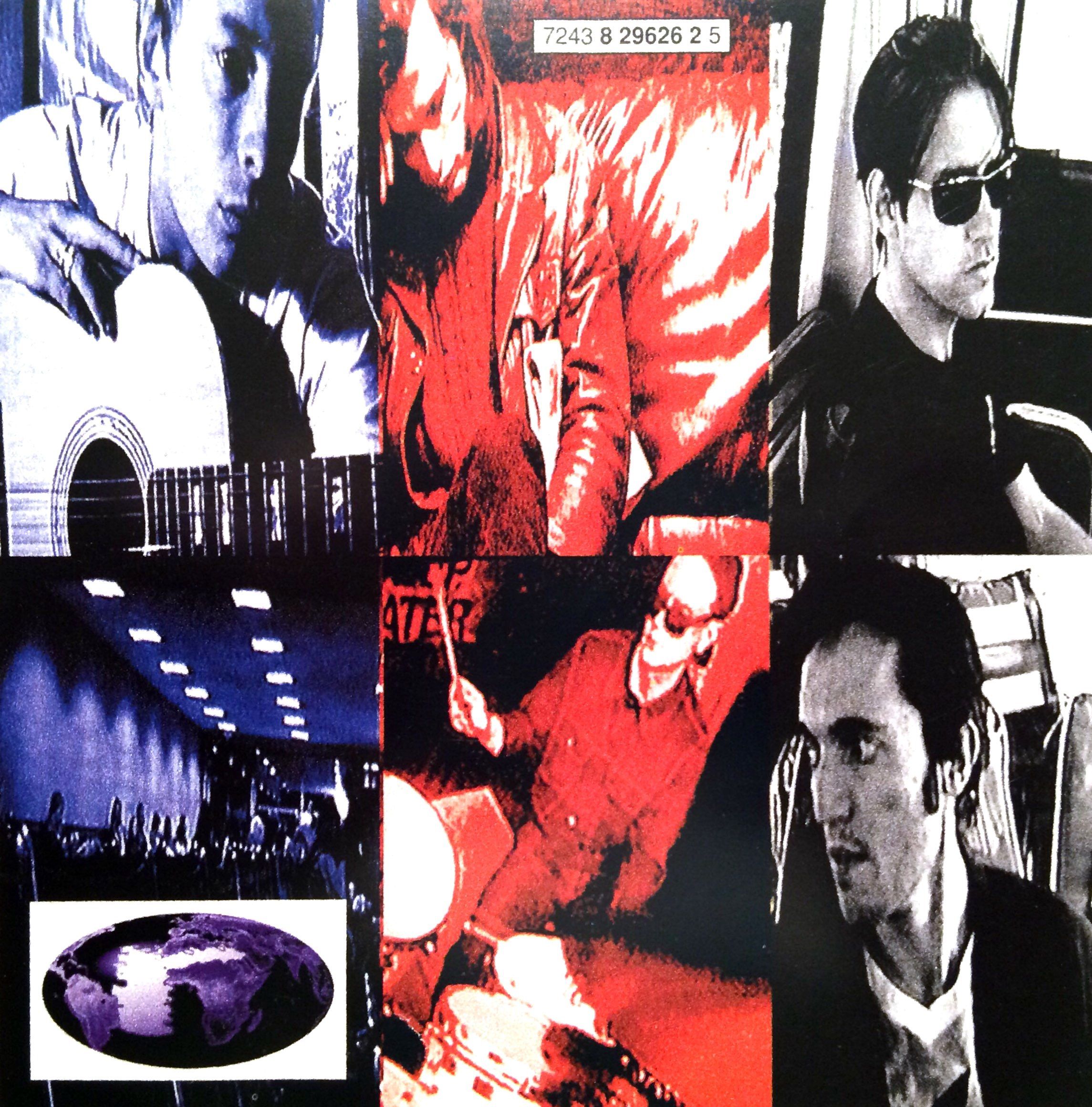
Some key differences in managing decompression risk in technical diving include:
- More complex dive planning, often using specialized software
- Multiple gas switches during ascent to optimize decompression
- Longer and more structured decompression stops
- Greater emphasis on backup equipment and redundancy
- More rigorous training and experience requirements
While technical diving can offer exciting opportunities to explore deeper and longer, it also requires a significant commitment to training, equipment, and safety protocols to manage the increased risks effectively.
The Future of Diving Safety: Emerging Technologies and Research
As our understanding of diving physiology and decompression theory continues to evolve, new technologies and research are shaping the future of diving safety. These advancements aim to further reduce the risks associated with barotrauma and decompression sickness, making diving safer and more accessible to a broader range of people.
What new technologies are being developed to enhance diving safety?
Several exciting developments are on the horizon for diving safety:

- Advanced dive computers with real-time decompression modeling
- Wearable sensors to monitor physiological parameters during dives
- Improved rebreather technologies for longer and safer dives
- Virtual reality training systems for dive skills and emergency procedures
- Enhanced communication systems for underwater use
Research is also ongoing into better understanding individual susceptibility to decompression sickness, which may lead to more personalized dive planning and risk assessment tools in the future. Additionally, studies on the long-term effects of diving on human physiology continue to inform best practices and safety guidelines for both recreational and professional divers.
As these technologies and research findings are integrated into diving practices, they have the potential to significantly reduce the incidence of diving-related injuries and make the underwater world more accessible than ever before. However, it’s important to remember that technology is no substitute for proper training, experience, and adherence to safe diving practices.
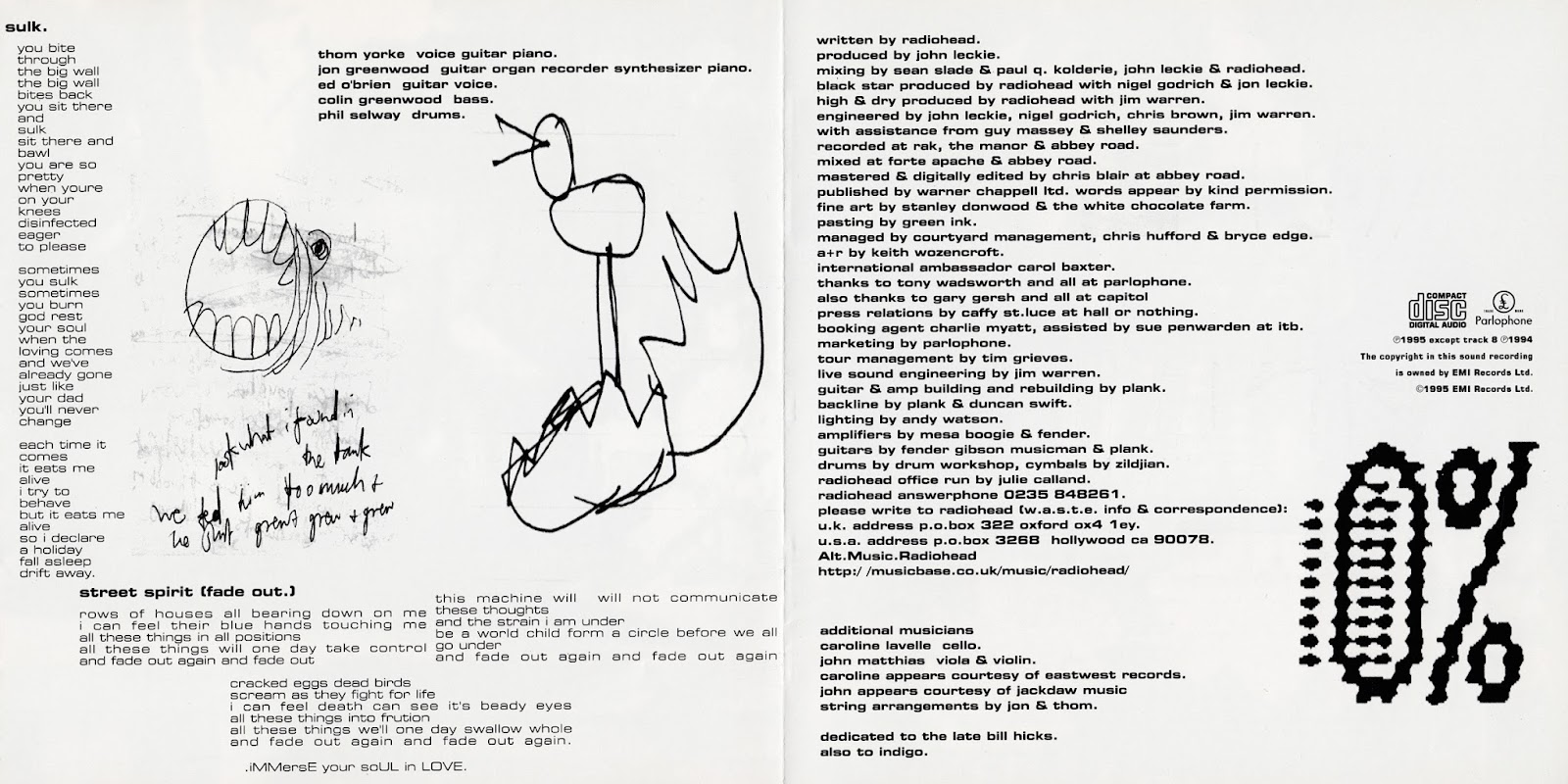
In conclusion, understanding the risks associated with barotrauma and decompression sickness is essential for every diver. By staying informed about the latest safety practices, maintaining proper training, and respecting the underwater environment, divers can minimize their risk of injury and enjoy the incredible experiences that scuba diving has to offer. As the sport continues to evolve, ongoing education and awareness will remain key factors in ensuring the safety and enjoyment of divers around the world.
Barotrauma & Decompression Sickness (The Bends)
Barotrauma/Decompression Sickness Overview
Barotrauma often refers to medical problems that arise from the effects of water pressure when a scuba diver is beneath the surface. Water is heavier than air, so when you dive, small changes in depth cause large changes in pressure underwater.
- External ear squeeze occurs when your ear canal is blocked by something such as earplugs or earwax. As the water pressure increases while you descend, the air pocket between the obstruction and the tympanic membrane (eardrum) shrinks. This can damage the tissue in the ear canal, usually your eardrum.
- Middle ear squeeze occurs when you cannot equalize the pressure in your middle ear. This is the most common problem for divers. The eustachian tube is a small canal that connects the middle ear to the back part of the nasal cavities and allows pressure to equalize. When there is a problem with the tube, the middle ear volume decreases and pulls the eardrum inward, creating damage and pain.
 You can try certain maneuvers, called Valsalva maneuvers, such as yawning or trying to blow with your nose and mouth closed, to open the tube and equalize the pressure.
You can try certain maneuvers, called Valsalva maneuvers, such as yawning or trying to blow with your nose and mouth closed, to open the tube and equalize the pressure. - Inner ear barotrauma occurs from the sudden development of pressure differences between the middle and inner ear. This can result from an overly forceful Valsalva maneuver. The result is usually ringing in the ear, dizziness, and deafness. This injury is less common than a middle ear squeeze.
Less common types of barotrauma involve air trapped in an enclosed area that cannot equalize during descent. This causes a vacuum effect that can result in:
- Sinus squeeze: When air becomes trapped in the sinuses because of congestion or cold symptoms, a sinus squeeze can occur.
- Face mask squeeze: This occurs if you do not exhale into the diver mask while descending.
- Suit squeeze: A dry diving suit tightly encloses an area of skin.
- Lung squeeze: This occurs when you are free-diving, but very few divers can hold their breath to depths that cause this injury to occur.

Barotrauma also can occur during ascent.
- A reverse squeeze occurs to your middle ear or sinus when a diver has an upper respiratory infection (cold) and has used nasal spray to open the breathing passages. As the spray wears off during diving, tissues swell and cause obstruction, resulting in a pressure difference and damage.
- Aerogastria occurs when gas that you swallowed during diving expands during ascent. This happens more often with novice divers and causes temporary pain but rarely significant damage.
- Pulmonary barotrauma (pulmonary overpressurization syndrome, POPS, or burst lung) can occur if you fail to expel air from your lungs during ascent. As you rise, the volume of the gas in your lung expands and can cause damage if the excess is not exhaled.
Air embolism is the most serious and most feared consequence of diving. While you are diving, gas bubbles can enter your circulatory system through small ruptured veins in your lungs. These bubbles expand during ascent and can pass through your heart to obstruct blood flow in the arteries of your brain or heart.
These bubbles expand during ascent and can pass through your heart to obstruct blood flow in the arteries of your brain or heart.
- This most commonly occurs when a diver ascends rapidly because of air shortage or panic.
- The diver then passes out, experiences a stroke, or has other nervous system complaints within minutes of surfacing.
- Your brain is affected more than other organs because gas rises and most divers are vertical while ascending.
Decompression sickness (DCS, or “the bends”) involves gases diffusing into your tissues and getting trapped there. You then have gas bubbles in places where there should be none. Nitrogen is the usual culprit.
- During descent and while on the bottom, you absorb nitrogen into your tissues until you reach a pressure balance.
- When you ascend at the right rate, the gas diffuses from your tissues. However, if you ascend too rapidly to allow diffusion, the nitrogen bubbles will expand in your tissues as pressure decreases.

- Different body parts can be affected, depending on where the bubbles are located.
Barotrauma/Decompression Sickness Causes
Two different phenomena cause barotrauma:
- The inability to equalize pressures
- The effect of pressure on an enclosed volume
Middle ear squeezes occur because of obstruction of the eustachian tube.
- The most common cause is an upper respiratory infection (cold) creating congestion.
- Other causes of obstruction include congestion caused by allergies or smoking, mucosal polyps, excessively aggressive Valsalva attempts, or previous facial injuries.
Factors that trigger sinus squeezes include a cold, sinusitis, or nasal polyps.
Contributing factors to aerophagia (excessive air swallowing) include:
- Performing Valsalva maneuvers with your head down, which allows the swallowing of air
- Consuming carbonated beverages or heavy meals prior to diving
- Chewing gum while diving.

Pulmonary barotrauma occurs from holding your breath during ascent, which allows pressure to rise in your lungs. The increase in pressure results in rupture. Air also may penetrate into the tissue around your lungs.
The classic cause of an air embolism is rapidly ascending to the surface because of panic.
Failure to make recommended stops during ascent usually causes decompression sickness. Stops are based on diving tables or charts, which take into account the depth, duration of the dive, and previous dives completed. Based on those factors, the tables will give you guidelines on the proper rate of ascent.
Barotrauma/Decompression Sickness Symptoms
The history of the dive is very important to medical professionals treating you for diving related problems. It’s important to let them know what the overall plan for the dive was and what part of the dive you were doing when the problem occurred.
- Barotrauma such as squeezes will commonly occur during descent, and the symptoms will frequently prevent a diver from reaching the desired depth.

- Symptoms of aerogastralgia, pulmonary barotrauma, air embolism, and decompression sickness occur both during and after ascent.
Following are symptoms for specific pressure problems:
- External ear squeeze – Pain in your ear canal and blood from your ear.
- Middle ear squeeze – Ear fullness, pain, eardrum rupture, disorientation, nausea, and vomiting.
- Inner ear barotrauma – Feeling that your ear is full, nausea, vomiting, ringing in the ear, dizziness, and hearing loss.
- Sinus squeeze – Sinus pressure, pain, or nasal bleeding.
- Face mask squeeze – “Bloodshot” eyes and redness or bruising of the face under the mask.
- Lung squeeze – Chest pain, cough, bloody cough, and shortness of breath.
- Aerogastralgia – Abdominal fullness, colicky pain (severe pain with fluctuating severity), belching, and flatulence.
- Pulmonary barotrauma – Hoarseness, neck fullness, and chest pain several hours after diving. Shortness of breath, painful swallowing, and loss of consciousness also may occur.

- Air embolism – Sudden loss of consciousness within 10 minutes of surfacing. Other symptoms include paralysis, numbness, blindness, deafness, dizziness, seizures, confusion, or difficulty speaking. The paralysis and numbness can involve several different parts of the body at the same time.
- Decompression sickness – Rashes, itching, or bubbles under your skin. Other symptoms can include:
- Lymphatic obstruction which can cause localized swelling
- Musculoskeletal symptoms including joint pain that worsens with movement and commonly involves the elbows and shoulders
- Nervous system after-effects including paralysis, sensory disturbances, and bladder problems, usually the inability to urinate
- Pulmonary symptoms including chest pain, cough, and shortness of breath.
Symptoms of decompression sickness usually appear within 1 hour of surfacing but can be delayed up to 6 hours. In rare instances symptoms may not appear until 48 hours after the dive.
Flying in a commercial aircraft after diving may cause “the bends” to develop in the airplane because the cabin pressure is less than sea level pressure.
When to Seek Medical Care
Air embolism is life threatening and requires immediate attention. Planning ahead is important.
- Know the location of the nearest emergency facility and recompression (hyperbaric) chamber before you dive.
- Bring emergency phone numbers with you on the dive. A phone can be the best immediate tool.
- The Divers Alert Network at Duke University maintains a list of recompression facilities and can be reached around the clock at 919-684-9111.
- If a diver collapses within 10 minutes of diving, suspect air embolism and seek emergency help immediately. Most communities have an emergency access number (911). These divers require oxygen and emergency life support. Lay the person flat and keep the diver warm until help arrives.
Decompression sickness also requires immediate attention, but symptoms may not appear as quickly as in an air embolism.
- Information on recompression chambers is important and generally can be obtained through the emergency medical system (911).
- Divers with complaints consistent with decompression sickness should seek attention through their doctor or a hospital’s emergency department.
You need immediate medical attention if you lose consciousness, show paralysis, or exhibit stroke symptomswithin 10 minutes of surfacing. You or your diving buddy should contact an ambulance through 911 or the local emergency phone numbers.
Symptoms of chest pain and shortness of breath may occur minutes to hours after a dive. These require emergency department evaluation. Call 911. These symptoms can be dive related or could be caused by another condition, such as a heart attack.
Decompression sickness, or “the bends,” may require an emergency department to control pain and arrange for recompression services. These services use specialized equipment that is available only at regional centers that specialize in barotrauma.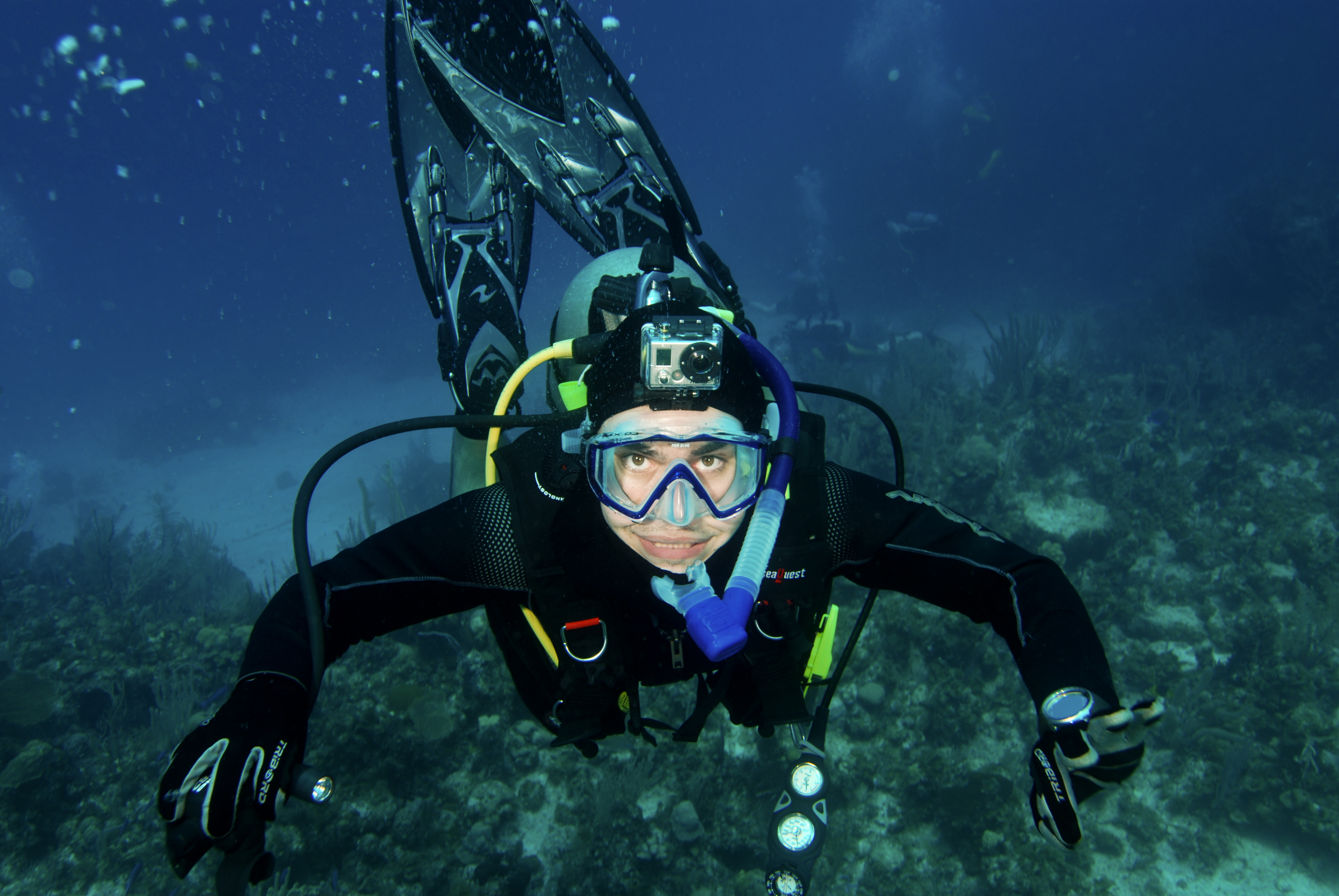
Dizziness or pain from a squeeze may require emergency attention as well. When in doubt, contact your doctor or a local emergency department for advice.
Pulmonary barotrauma and lung squeeze will require attention in an emergency department in most instances. That’s because the studies required to evaluate the symptoms and the possible treatment must be performed in the hospital environment.
Most problems that arise from barotrauma will require medical diagnosis and treatment. The most important thing you can do if you experience barotrauma is to seek medical attention and avoid future dives until cleared by a doctor.
Some injuries from barotrauma require immediate medical attention, while others can wait for treatment. In all cases, stop further diving until you see a doctor. Your doctor can evaluate and treat ear squeezes and sinus squeezes initially and then refer you to a specialist if needed.
- Evaluation may require a dive history.
- Ear squeezes require an examination to ensure your eardrum has not ruptured.

Exams and Tests
The doctor will gather information about the dive and perform a standard physical exam, paying particular attention to your areas of pain and your nervous system.
Depending on your condition, you may be referred immediately to a recompression (hyperbaric) chamber or may undergo further testing.
- Your vital signs will be taken, measuring blood pressure, pulse, breathing rate, and temperature
- Doctors will probably do a pulse oximetry, using an instrument that measures the level of oxygen in your blood by placing a sensor on a finger or earlobe.
- The most common initial treatments may be oxygen (through a face mask or a tube near your nose) and intravenous fluids.
Air embolism and decompression sickness usually will require recompression treatment and repeated physical examinations. After treatment, the doctor may recommend a specialized imaging study (CT scan or MRI) to further evaluate any neurological problems.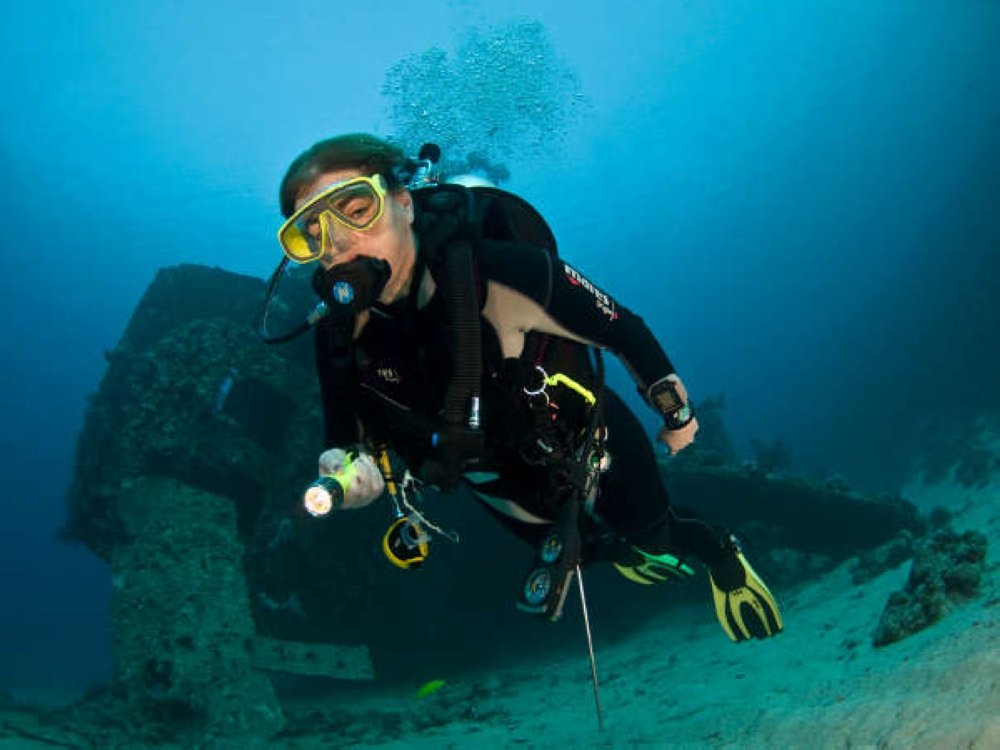
Chest pain and shortness of breath associated with pulmonary barotrauma may require an ECG and a chest X-ray.
The doctor will inspect your ear canal and eardrum if you have an ear squeeze looking for physical damage that can range from no visible problems to a small amount of bleeding to eardrum rupture to heavy bleeding.
Any hearing loss or dizziness will probably require referring you to an otolaryngologist (ear, nose, and throat specialist) or audiologist (hearing specialist). They will test your hearing and balance systems to determine if you have suffered any inner ear problems.
Barotrauma/Decompression Sickness Treatment
The most serious diving complications—air embolism and decompression sickness—will require recompression therapy. The required hyperbaric chambers may be freestanding or associated with a local hospital. The chamber itself is typically made of thick metal plates with windows for observation. On the outside there are many pipes and valves.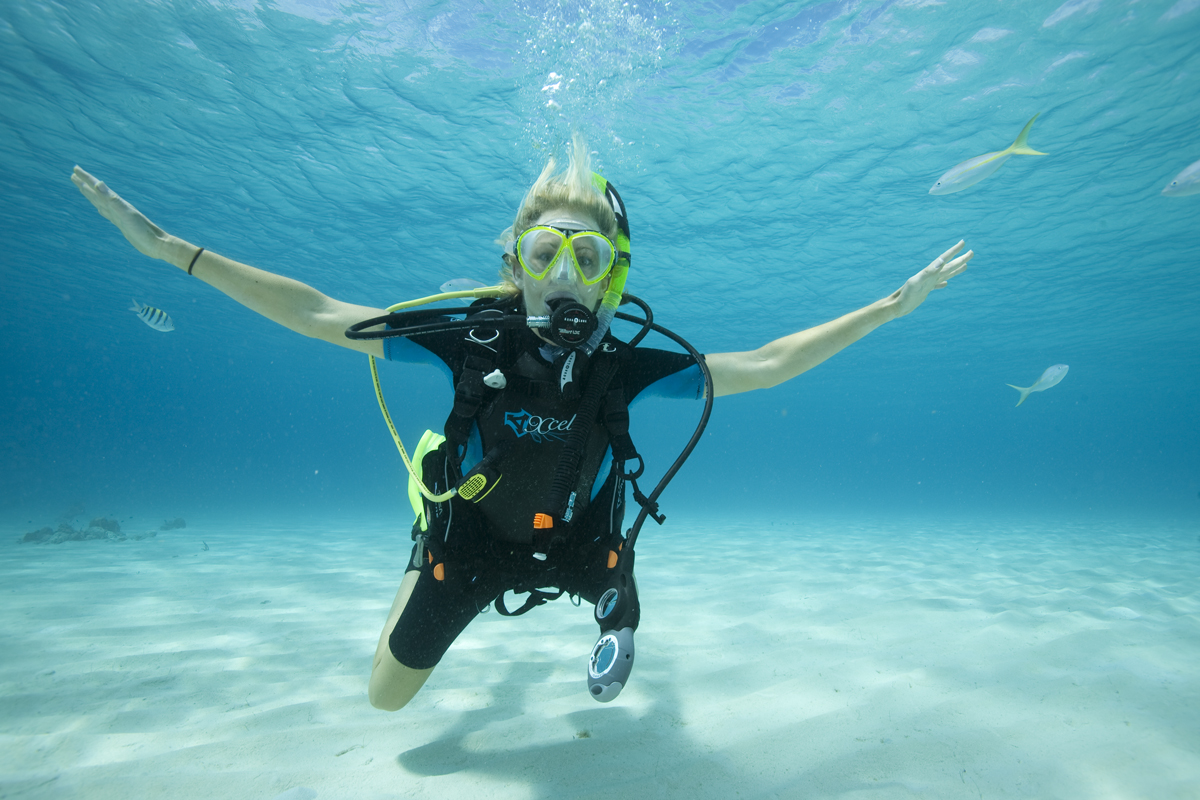 The chamber is usually large enough to accommodate more than one person. Medical personnel may come into the chamber with the patient or stay outside, watch through the window, and communicate by intercom, depending on the severity of the illness. While inside the chamber, you may hear loud noises or feel cold as the pressures change. Similar to diving, you will need to do Valsalva maneuvers to clear the ears while being pressurized. You will be closely monitored and be given specific instructions while you are in the chamber.
The chamber is usually large enough to accommodate more than one person. Medical personnel may come into the chamber with the patient or stay outside, watch through the window, and communicate by intercom, depending on the severity of the illness. While inside the chamber, you may hear loud noises or feel cold as the pressures change. Similar to diving, you will need to do Valsalva maneuvers to clear the ears while being pressurized. You will be closely monitored and be given specific instructions while you are in the chamber.
Other injuries can be managed at the hospital or doctor’s office. All conditions will require avoidance of diving until improved.
You may need to be transported to another location for hyperbaric treatments. This may include low-level flights in an aircraft to minimize further pressure changes. The hyperbaric chamber will increase the air pressure to make any gas bubbles inside your tissues smaller and to allow them to go away properly to avoid injury.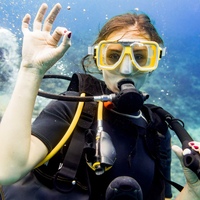 “Treatment tables” will determine the length of treatment and treatment steps. These tables take into account the depth, time of dive, decompression stops, and previous dives performed. The hyperbaric specialist will recommend which table to use.
“Treatment tables” will determine the length of treatment and treatment steps. These tables take into account the depth, time of dive, decompression stops, and previous dives performed. The hyperbaric specialist will recommend which table to use.
Pulmonary barotrauma may result in a collapsed lung (pneumothorax). If this occurs, the doctor must first determine how much of the lung has collapsed. If the collapse is relatively small you can often be treated with supplemental oxygen and observation. Larger collapses may require that air be withdrawn from your body.
Depending on the amount of air in the cavity, the doctor could use a needle or a hollow tube. The needle will withdraw small amounts of air, and then you will be observed for at least 6 hours.
Larger collapses require a catheter, or chest tube, to be placed in the chest wall that will remain for a few days until the lung can heal. Doctors must insert this tube through the skin into the chest cavity by doing a small surgical procedure. Local anesthetics reduce and generally eliminate any pain associated with this procedure. The tube is attached to a flutter valve or suction to promote air escape from the space where it doesn’t belong.
Local anesthetics reduce and generally eliminate any pain associated with this procedure. The tube is attached to a flutter valve or suction to promote air escape from the space where it doesn’t belong.
Self-Care at Home
There is no special treatment for face mask and suit squeezes. They usually go away in a few days.
Aerogastralgia symptoms usually clear up on their own and do not require attention unless your abdominal discomfort continues to worsen and does not go away in a few hours.
You can treat pain from ear or sinus squeezes with over-the-counter pain relievers, such as acetaminophen (Tylenol), ibuprofen (Motrin, Advil), or naproxen (Aleve). You should visit your doctor first to exclude possible serious ear injuries.
Medications
Sinus squeezes usually require oral and nasal decongestants. Antibiotics are usually recommended for a squeeze involving the frontal sinuses. Pain medication may also be prescribed.
Ear squeezes also require decongestants, both oral and long-acting nasal types. Antibiotics may be given if you had a rupture, a previous infection, or the diving occurred in polluted waters. Pain medication also may be prescribed.
Antibiotics may be given if you had a rupture, a previous infection, or the diving occurred in polluted waters. Pain medication also may be prescribed.
Next Steps – Follow-up
Doctors will recommend follow-up based on your diagnosis. Make sure everything has healed and you have received clearance before you dive again.
Prevention
The best prevention against barotrauma is to plan and prepare for your dive properly:
- Make sure you are in good health with no upper respiratory or sinus problems.
- Obtain the proper training and always use the buddy system (never dive alone).
- Check that your equipment is in good working order.
- Know the local emergency phone numbers in advance and have a means of contacting help—for instance, with a cell phone. (The location of the nearest recompression facility could be very important with a problem such as air embolism.)
- Newer “dive computers” designed to maximize safety can be used and may allow longer diving times and fewer or shorter decompression stops.
 They provide information similar to the original diving tables but are more precise. Be certain you are familiar with their use before depending on them.
They provide information similar to the original diving tables but are more precise. Be certain you are familiar with their use before depending on them. - Avoid flying in a plane within 12 to 48 hours of diving (depending on the diving history) to reduce the risk of “the bends” occurring unexpectedly in the lower air pressure of an airplane cabin.
Outlook
Most people recover from their diving accidents and are able to participate in future dives.
Air embolism can be the most devastating complication from a diving accident. The initial problems that occur can be very dramatic. Appropriate measures, including recompression, must be taken quickly to minimize disabilities.
Decompression sickness can also generally be treated effectively and result in very good recovery rates when recompression is performed, even several days after the initial onset.
Pulmonary barotrauma associated with a collapsed lung (pneumothorax) may require several days in the hospital if a chest tube is placed. There is always a risk of recurrence once a diver has a collapsed lung. Complete recovery will usually take several weeks to months.
There is always a risk of recurrence once a diver has a collapsed lung. Complete recovery will usually take several weeks to months.
Mild ear squeezes usually take about 1-2 weeks to recover. More significant ones, typically associated with eardrum rupture, may take longer. Depending on the severity and amount of damage, surgery may be needed.
Synonyms and Keywords
the bends, sinus squeeze, face mask squeeze, suit squeeze, lung squeeze, dysbarism squeeze, air embolism, ear squeeze, recompression, hyperbaric chamber, aerogastralgia, barotrauma, decompression sickness, scuba diving
Signs and Symptoms of Decompression Sickness • Scuba Diver Life
Every time we enter the water as scuba divers we’re entering an alien environment. There are inherent risks and, no matter what your personal background, qualification or skill level, the laws of physics remain consistent. We all face the possibility of contracting decompression sickness (DCS), also called caisson disease or the bends.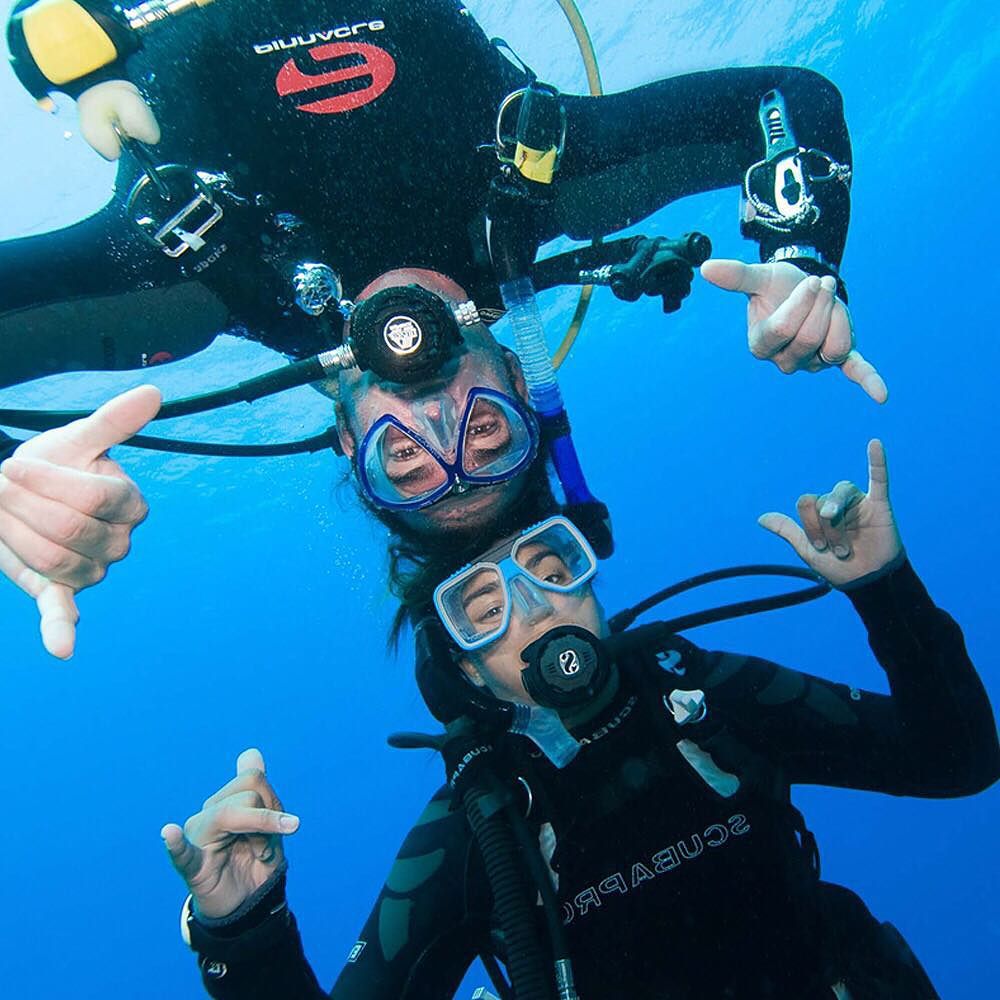 What are the signs and symptoms of decompression sickness, and how do we mitigate our risks? Here’s what to look for and how you can do your best to avoid it.
What are the signs and symptoms of decompression sickness, and how do we mitigate our risks? Here’s what to look for and how you can do your best to avoid it.
When does DCS occur?
Decompression sickness manifests after inadequate decompression following exposure to increased ambient pressure while scuba diving. Some instances are mild and not immediately life-threatening while other instances can be quite serious, even deadly. If you get DCS, the more swiftly you begin treatment, the greater likelihood that you’ll recover fully.
Students learn the basics of DCS during initial open-water training. Many factors can predispose you to DCS, including illness, age, alcohol or drug use, extreme heat or cold, old injuries, proneness to blood clotting, obesity, medication, lack of sleep, extreme fatigue and dehydration.
Nitrogen bubbles forming at the joints are the cause of the joint pain experienced in a classical “bend.” However, the signs and symptoms of decompression sickness are also quite wide-ranging and, in some cases, divers may confuse them with other causes, leading to an incorrect diagnosis.
Essentially, we break down signs and symptoms into ‘Type 1’ and ‘Type 2.’
Type 1 symptoms of DCS
DCS Type 1 symptoms are generally milder and less immediately critical than Type 2 DCS symptoms.
Type 1 is often identified with musculoskeletal pain, such as the classic pain the joints at the elbow or knee. Alternatively, or sometimes in addition, they may also include skin symptoms. Skin manifestations include mild rashes and itching, which may present on the torso, such as around the stomach, chest or shoulders. Sometimes Type 1 DCS is associated with obstruction of the lymphatic system. Tissues surrounding the lymph nodes — such as in the armpits, behind the ears or in the groin area — may become painful.
Left untreated, symptoms of Type 1 DCS can intensify and become acutely painful. For example, a Type 1 DCS issue may originate as a gentle, throbbing ache in the elbow and increase in severity. Many divers instinctively clutch painful limbs in these cases, as holding the limb in one stable position may reduce discomfort.
Many divers experiencing these symptoms will impulsively deny that it’s DCS. Often, they’ll ascribe their symptoms to non-diving problems, such as straining when lifting their bags onto the boat.
Type 2 symptoms of DCS
Considerably more serious and, potentially, life-threatening, Type 2 DCS symptoms characteristically fall into three categories: inner ear, neurological and cardiopulmonary.
Inner-ear symptoms may include a sensation of tinnitus (ringing in the ears) or hearing loss. Linked to inner-ear damage, other symptoms may include dizziness or vertigo and, as a side-effect of that, impaired balance, nausea and vomiting.
Neurological symptoms may include numbness, a ‘pins and needles’ sensation in the limbs, or muscle weakness. This may also manifest in difficulty walking and the patient struggling to support his body weight. Physical coordination may diminish, and subjects may appear confused, lacking clarity and alertness.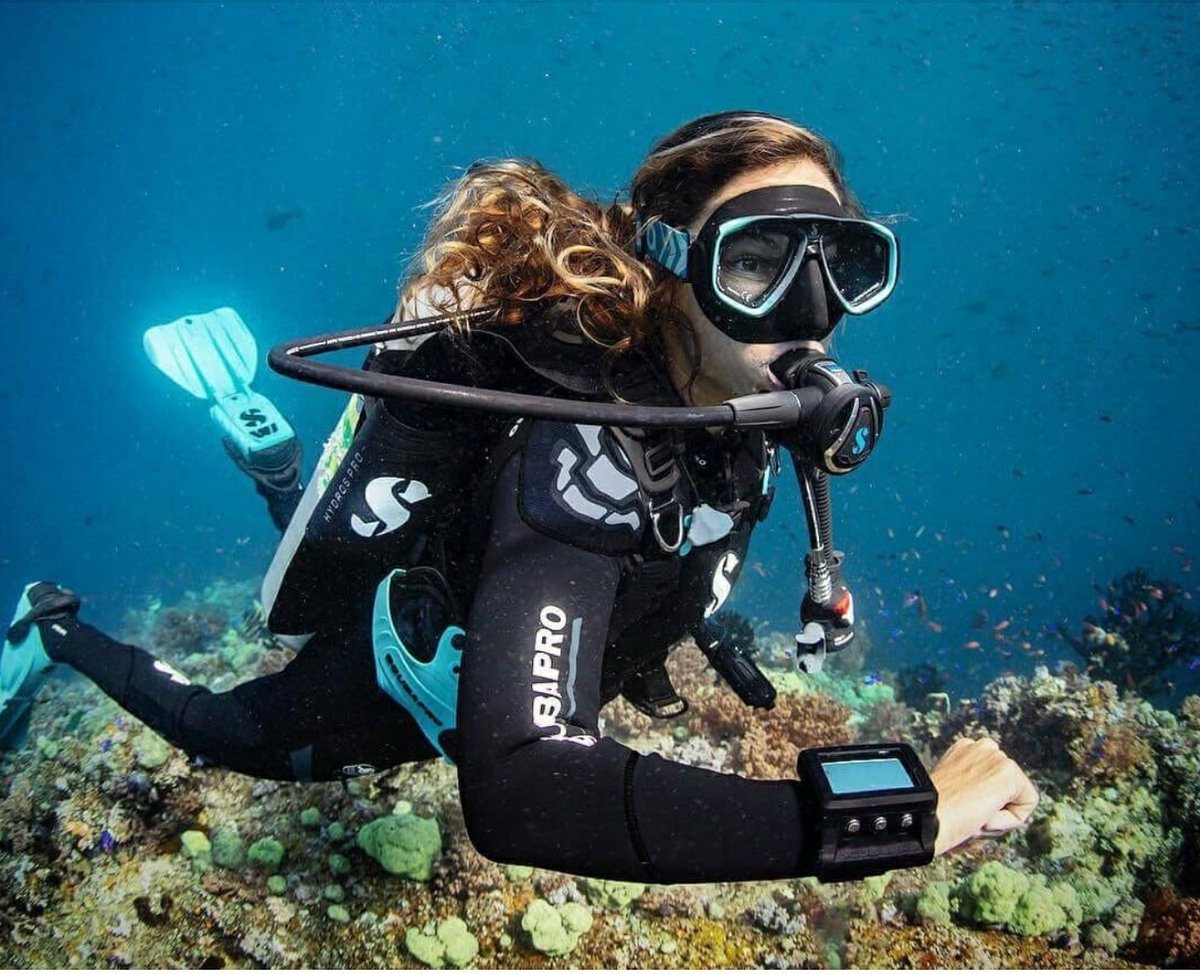 Bladder control can be affected as well, with some patients desperately needing to pass water but unable to do so.
Bladder control can be affected as well, with some patients desperately needing to pass water but unable to do so.
Cardiopulmonary symptoms include a dry cough and difficulty breathing. This is sometimes referred to as having “the chokes.” Some patients report pain in the chest behind the breastbone and suffer dyspnea, a struggle to breathe. These are some of the most serious symptoms as the issues compromise the lungs’ ability to function.
Recognition and acceptance
In the most severe cases, signs and symptoms of decompression sickness can appear even before surfacing, during ascent or immediately on reaching the surface. Those outlined above usually appear within 15 minutes of surfacing, however, but may occur up to 12 hours after the end of the dive. The likelihood of symptoms developing after that window of time is low. However, symptoms may occur, especially if the diver flies home before the recommended time at sea level has passed.
Symptom denial is often a problem for divers. An instance of DCS is sometimes associated with divers making a mistake — overstaying their time limits at depth or ascending too quickly, for example. This stigmatization leads divers to hide or misattribute their symptoms rather than seeking assistance. In many cases, however, a diver will have done everything right and dived a safe plan, but a combination of predisposing factors led to the problem.
An instance of DCS is sometimes associated with divers making a mistake — overstaying their time limits at depth or ascending too quickly, for example. This stigmatization leads divers to hide or misattribute their symptoms rather than seeking assistance. In many cases, however, a diver will have done everything right and dived a safe plan, but a combination of predisposing factors led to the problem.
Divers in denial will assign the symptoms to another cause — tight exposure suits, heavy lifting, or even sea sickness often blamed rather than a possible instance of DCS. However, denial simply delays assitance as the diver hopes the symptoms will subside on their own. In some cases, symptoms may remain mild or even go away by themselves. Often, however, they strengthen in severity until you must seek medical attention, and they may have longer-term repercussions.
Treating DCS
If you feel unwell after a dive, tell someone. You may simply have a headache after a dive, most likely a symptom of overexertion, heavy breathing or dehydration. But if you’re experiencing any of the DCS symptoms outlined above following a dive, acknowledge them. If you’re diving independently with buddies, let them know your symptoms and consider if DCS might be to blame. If you’ve planned your dive trip correctly you’ll have oxygen, first aid kit and an emergency assistance plan in place. Now is the time to enact it. If you have any doubts, call DAN or your local emergency-assistance provider.
But if you’re experiencing any of the DCS symptoms outlined above following a dive, acknowledge them. If you’re diving independently with buddies, let them know your symptoms and consider if DCS might be to blame. If you’ve planned your dive trip correctly you’ll have oxygen, first aid kit and an emergency assistance plan in place. Now is the time to enact it. If you have any doubts, call DAN or your local emergency-assistance provider.
If you’re on a dive boat such as a liveaboard, tell the dive crew. The vessel’s trip leader will make an initial assessment of the situation. If they suspect DCS it will often be classified as an ‘emergency,’ (immediately life-threatening), ‘urgent’ (the diver is in severe pain but is stable) or ‘timely’ (symptoms are either inconsistent or have progressed slowly for several days). A responsible dive operator will have an emergency assistance plan onboard, administer immediate first aid and monitor the patient’s condition. They will simultaneously gather dive data for the past 48 hours and liaise with DAN and/or local EMS or chamber facilities to arrange the evacuation of the patient as required.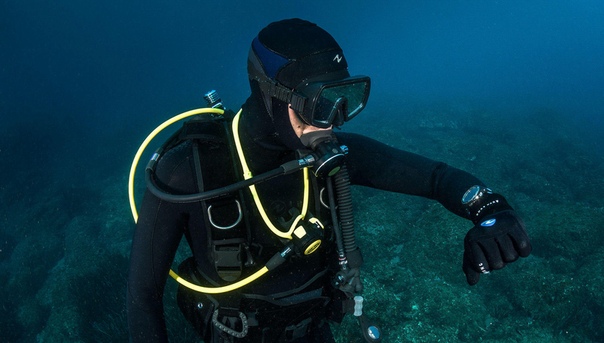
Scuba diving is a safe sport. Nevertheless, diving safely and staying mindful of the predisposing factors of DCS — and how to recognize symptoms if they occur — will help you get the necessary treatment quicker and lessen the chances of long-term residual symptoms.
Why is Decompression Sickness Called the Bends?
Why is Decompression Sickness called the Bends?
Many people hear the term ‘the bends’ but don’t know exactly what it is. I had heard of the term well before my first scuba dive but did not know that it was the same as decompression sickness. As a dive instructor, I explain it to my students on a weekly basis. Today, I will explain it in writing. And what better album to listen to than Radiohead’s ‘The Bends’. But, why is decompression sickness called the bends and where did the term originate from? Well, let’s go back in history a little bit.
Read More: What is Decompression Sickness?
Why is Decompression Sickness Called the Bends?
In fact, ‘the bends’, is used to describe a common sign of Decompression Sickness (DCS).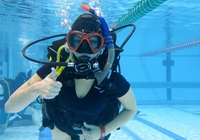 It refers to joint immobility and pain caused by gas bubbles forming in the blood and body tissues. These bubbles often accumulate in joints (such as the elbows and knees) and hinder mobility, which causes a bend in the joint and a bent appearance.
It refers to joint immobility and pain caused by gas bubbles forming in the blood and body tissues. These bubbles often accumulate in joints (such as the elbows and knees) and hinder mobility, which causes a bend in the joint and a bent appearance.
Dissolved gases coming out of solution is what causes decompression sickness. This is either due to rapid ascents or not enough decompression time. This gas can cause bubbles to form in your blood and body tissues.
These bubbles can wreak havoc in your system. It is specifically around the joints where arteries and veins restrict and wrap around a lot of corners. This is how these gas bubbles cause a restriction in the movement of the associated joints. Joints then appear and remain ‘bent’ and hard to move for the victim. This is what happens when you get ‘the bends’.
Find out what divers should do for their own safety to avoid decompression sickness.
Untreated Decompression Sickness can have devastating, long-lasting effects depending on its severity.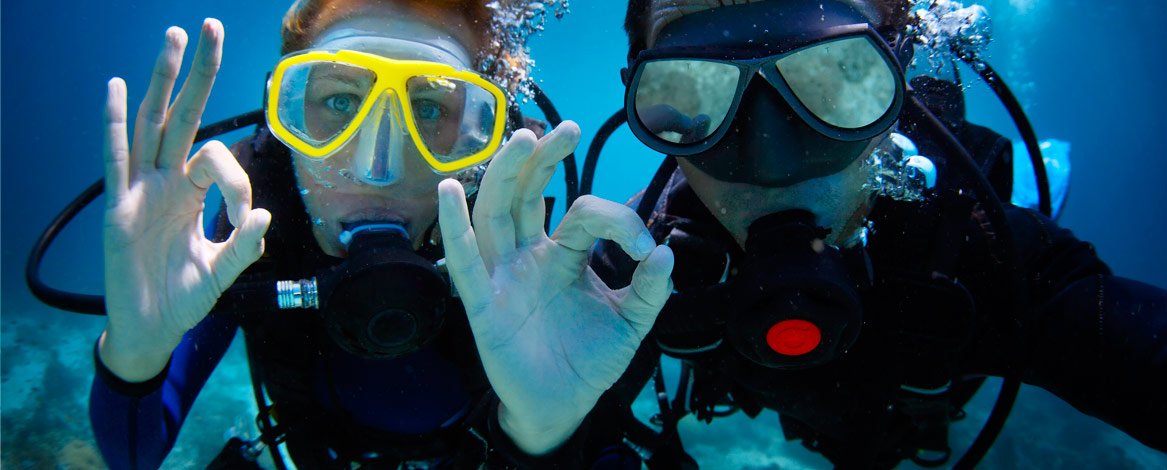 Even under suspicion or with mild cases it is important to get decompression sickness treatment as fast as possible.
Even under suspicion or with mild cases it is important to get decompression sickness treatment as fast as possible.
When Was the Term ‘The Bends’ First Used
It is difficult to establish exactly when the term was first used. The term describes signs of decompression sickness. This means it had to develop around a time where decompression sickness was common and known.
The term is found in medical journals from around the time DCS was first discovered and recorded.
DCS can occur in freedivers or in people at altitude, but most commonly occurs after prolonged inhalation of compressed gases.
Some of the earliest work conducted under compressed air on a large scale was the Brooklyn bridge in 1871. To dig the foundations, workers were lowered to the river bed in a ‘bell-shaped caisson of iron’, which is essentially a diving bell. These guys are known as sandhogs, digging many of the underground tunnels and foundations of New York City.
At the end of their working days, these poor workers were pulled up and returned to atmospheric pressure without any form of decompression. As a result of this, they often got decompression sickness and their joints were ‘bent’ out of shape. This is what led to the start of on-going research of DCS.
As a result of this, they often got decompression sickness and their joints were ‘bent’ out of shape. This is what led to the start of on-going research of DCS.
What is the Bends Scuba Diving?
On earth we are all are saturated with 1 bar of air. Air consists of 21% Oxygen and 79% Nitrogen. The only way we can dissolve additional air into our body is by breathing compressed gas or spending prolonged time in higher pressure air environments.
Breathing higher pressures of air will result in our blood and tissues absorbing more air over time. This stops once the dissolved gases and surrounding gases reach equilibrium.
At 20 meters underwater we are already at 2 bar of pressure. However, it does not actually harm us to fully saturate to 2 bar of air. Gases leaving our blood and tissues too rapidly has the potential to harm us.
Whenever we lower surrounding pressure gas diffuses out of our body. This process has limits before it becomes harmful to us. Imagine a can of soft drink opened to carbonate the syrup inside.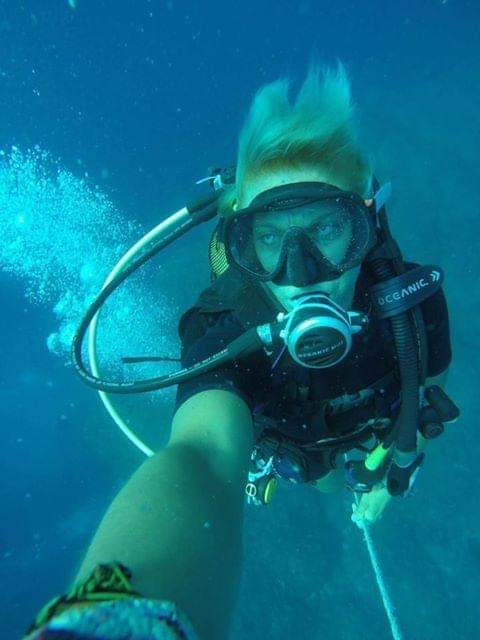 This works because the little carbon dioxide trapped in the can is at more than 1 bar of pressure and dissolves into the syrup. We rapidly release the pressure by opening the can, essentially giving the drink decompression sickness.
This works because the little carbon dioxide trapped in the can is at more than 1 bar of pressure and dissolves into the syrup. We rapidly release the pressure by opening the can, essentially giving the drink decompression sickness.
Long term effects of decompression sickness depend on the severity of the case. Bubbles in our blood vessels can damage their sensitive inner lining causing other material to stick to the insides of arteries and veins. Permanent nerve damage and brain damage can also occur in severe cases.
What Happens When You Get the Bends
The most prominent symptoms of decompression sickness (the bends) includes;
- Local joint pain (mainly in shoulders, elbows, wrists, hips, knees, and ankles)
- Weakness in the arms and legs
- Headache
- Dizziness
- Trouble thinking clearly
- Numbness & tingling
- Extreme fatigue
How to Prevent the Bends
Contrary to popular belief it is actually very easy to avoid decompression sickness. At least within the realm of recreational diving. Safe diving practices teach new divers how to avoid decompression sickness. A large portion of diver training is dedicated to learning about potential risks.
At least within the realm of recreational diving. Safe diving practices teach new divers how to avoid decompression sickness. A large portion of diver training is dedicated to learning about potential risks.
Ascending slowly, staying within No-Decompression limits as well as performing safety stops after every dive are some of the main ways to prevent the bends. Staying in good physical health and well hydrated as well as respecting personal limits are all habitual choices for a conservative diver.
Learn how scuba divers go up and down safely.
New divers are not necessarily at more risk. However, they do tend to be more nervous and conscious of the dangers associated with scuba diving. Because of this, they might be more susceptible to performing a rapid ascent in case of not feeling comfortable. Anxiety can trigger a fight or flight response. New divers will learn how to ascend in scuba diving safely and properly.
Why is decompression sickness called the bends? We have now seen that ‘the bends’ is a slang term that was first used to describe a severe sign of decompression sickness. The immobility and pain caused by gas bubbles in the blood and body tissues.
The immobility and pain caused by gas bubbles in the blood and body tissues.
Diving the Mercedes Shipwreck in Fort Lauderdale
The Mercedes Shipwreck in Fort Lauderdale is a behemoth of a boat lying in a graveyard of twisted metal amongst a natural coral reef 90 feet below the surface. The unique setting provides divers with one of the most thrilling underwater experiences in South Florida.
Diving the Mercedes I Shipwreck in Fort Lauderdale:
City:
Fort Lauderdale, Florida
Type of Dive:
Offshore Wreck Dive; Boat Dive
Type of Boat:
194′ Cargo Freighter
Date of Sinking
March 30, 1985
Coordinates:
26 09.370′ N
80 04.513′ W
The Mercedes Shipwreck in Fort Lauderdale is one of our favorite dive sites to visit!
History of the Mercedes I Shipwreck in Fort Lauderdale:
One of the few shipwrecks in South Florida with a famous and notorious history to the area.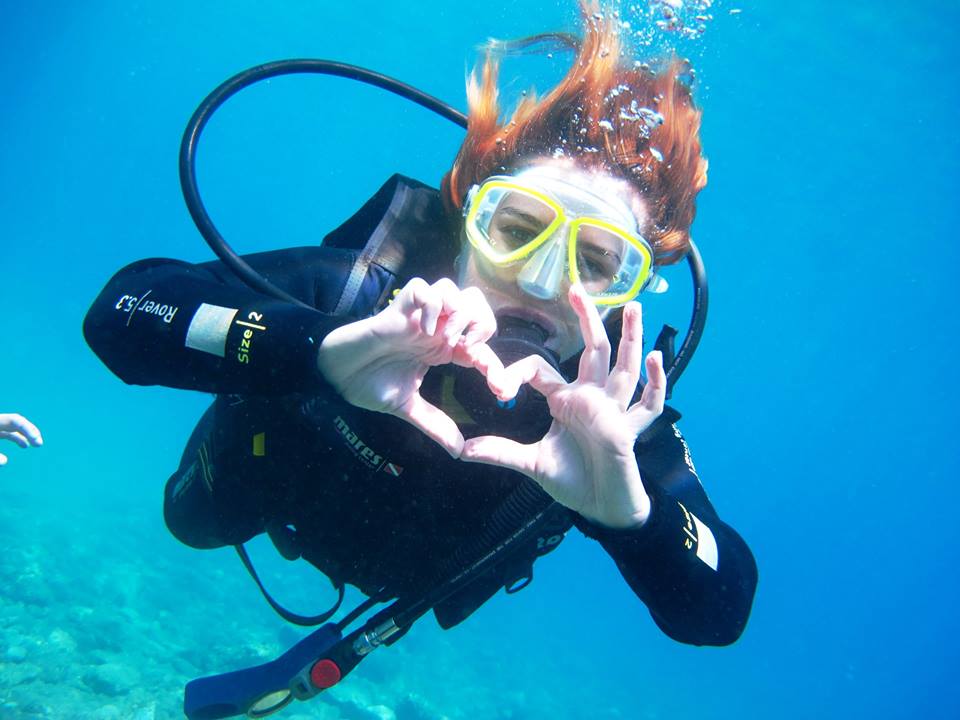 In November of 1984, the Mercedes actually washed ashore in Palm Beach after breaking free of its anchor during a wicked storm.
In November of 1984, the Mercedes actually washed ashore in Palm Beach after breaking free of its anchor during a wicked storm.
The wreck happened to land on the property of beloved Palm Beach local, Mollie Wilmot, a famous philanthropist and socialite. Naturally, the story was front page news.
It was a sight to see for weeks as state crews worked tirelessly to pull the boat from the beach at an extraordinary cost to the taxpayers. Soon after its removal, Broward County purchased the Mercedes I from the state for $29,000 and sunk her in March of 1985.
The beaching and notoriety of the story made for a spectacle as 20,000 people watched as the ship was loaded with dynamite and sunk to the bottom of the ocean.
Mercedes I Shipwreck Dive Overview:
Nature hasn’t been too kind to the Mercedes as it sits in 90 – 100 feet of water in two separate pieces. Hurricane Andrew, amongst others, has battered and bruised the once proud German ship.
The bow and the stern sit roughly 200 feet apart north to south with layers of twisted metal between the two. It’s a glorious field of artificial reef filled with all sorts of critters and fish. Take it nice and slow – you never know what you might find here.
At the bow and the stern, some points of penetration are possible but nothing exceedingly deep. Like I said, the wreck is in rough shape down there so watch out for entanglements and hanging pieces of metal. Obviously, only penetrate if you’ve been properly trained to do so!
The Mercedes I is our favorite shipwreck in the area as it also sits right amongst the third tier of reef along the Florida Reef Tract. If you get bored of the shipwreck, it’s easy to bounce right into massive patch reefs filled with all sorts of life! Literally, endless supplies of marine life to see!
Dive Planning on the Mercedes Shipwreck in Fort Lauderdale:
When available, we highly recommend Reef Smart Cards for any dive.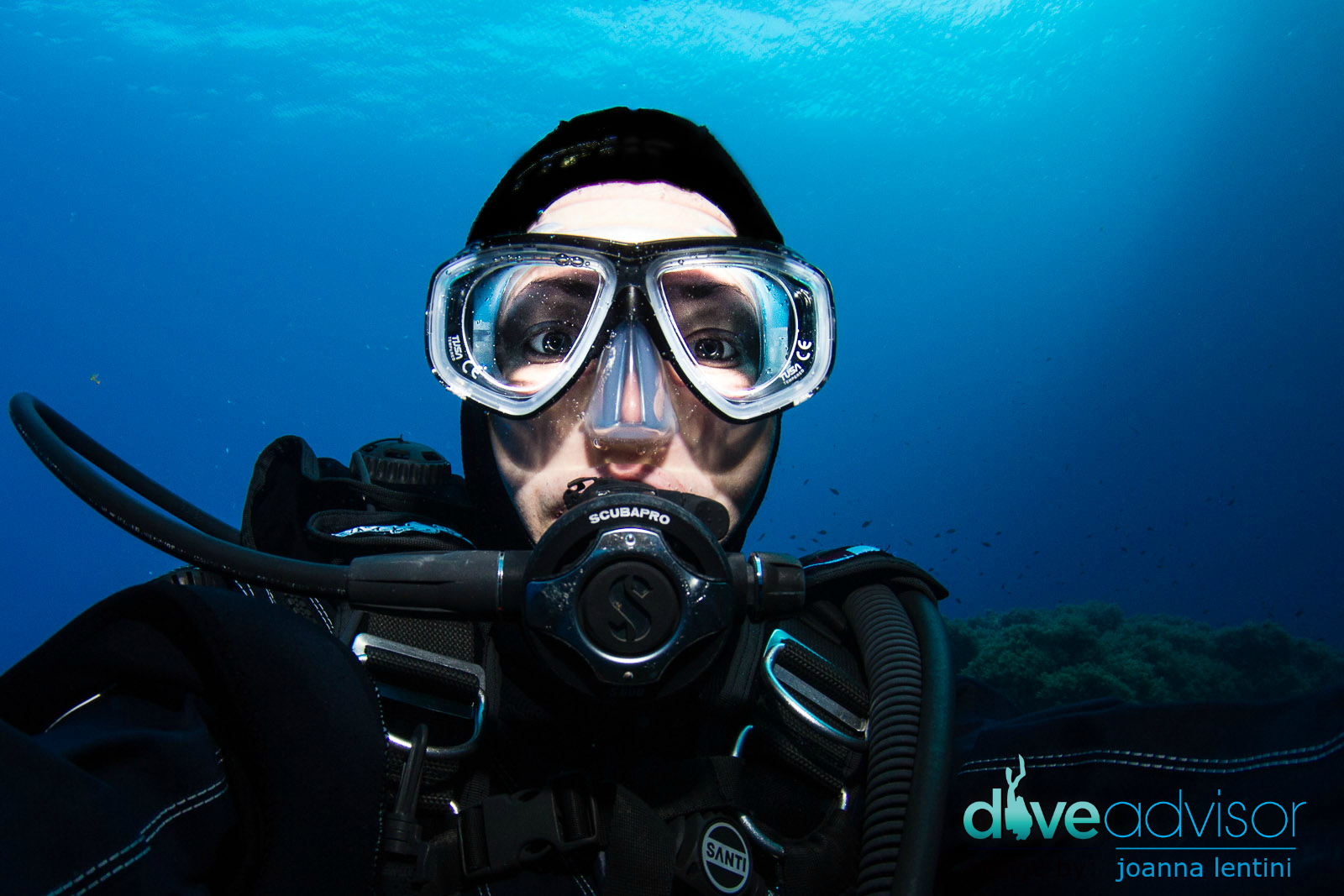 They create beautiful waterproof cards that play a critical role in your dive plan.
They create beautiful waterproof cards that play a critical role in your dive plan.
What Dive Shops go to the Mercedes I Shipwreck in Fort Lauderdale?
- American Dream Dive Charters behind the Hilton on 17th Avenue just south of downtown. They run a great, clean, and basic operation aboard their Newton Dive Boat. Don’t hesitate to book with their crew!
- Sea Experience in Bahia Mar Marina on Fort Lauderdale Beach. This is a full dive shop with classes, charters, retail, and guides. If you’re a new open water diver, we suggest you book with Sea Experience to ensure everything is taken care of. If you want a dive guide, call and request for either Andrew or Laura and tell them we sent you!
The Mercedes is a 200 feet ship just waiting for you to explore!
Help Protect the Coral Reef During Your Dive
Sunscreen! Shocking, I know! In fact, many popular sunscreen brands contain extremely harmful chemicals to our coral! Specifically, oxybenzone and octinoxate.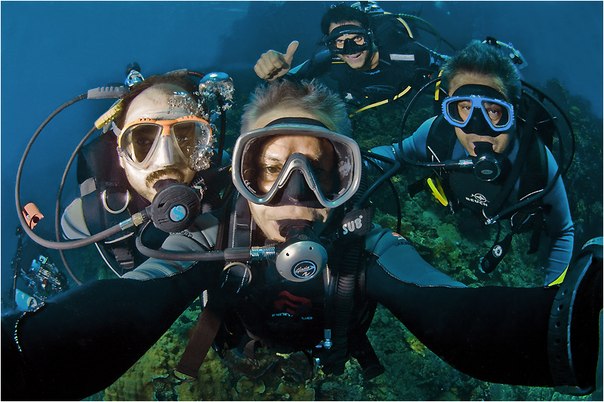
Because of this, we’ve partnered with our favorite brand of reef safe sunscreen, Stream2Sea! We want to get YOU discounts so you can help save our coral reefs with reef safe sunscreen!
Save on all Stream2Sea Products
Use the coupon code “oceanwide” at Stream2Sea to get a 10% discount on your coral reef safe sunscreen!
Enjoy this Post? Pin it!
Read More About Scuba Diving and Dive Sites in Fort Lauderdale
We hope you enjoyed our post on scuba diving the Mercedes shipwreck in Fort Lauderdale. Hopefully you’ll find it useful on your next adventure! Here are a few more ocean-loving articles we think you should read next:
Leave a comment below with any questions or about your experiences diving the Mercedes Shipwreck in Fort Lauderdale!
Sponsoring & Partner – CHRIS BENZ
Scuba Schools International
Since more than 40 years SSI provides training, scuba diving certification, and educational resources for divers, dive instructors, and dive centers and resorts around the world. Started in 1970, SSI has expanded to include more than 30 Service Centers, is represented in more than 110 countries with over 2.500 International locations and has materials printed in more than 30 languages.
Started in 1970, SSI has expanded to include more than 30 Service Centers, is represented in more than 110 countries with over 2.500 International locations and has materials printed in more than 30 languages.
The new DiveSSI App
The NEW DiveSSI App is available in both iOS and Android versions. You can take advantage of this revolutionary all-in-one solution for digital learning today.
- Digital training materials are available both online and offline. You can study whenever and wherever you want in most languages
- You’ll never leave home without your certification cards and Divelog again: All certifications in one place –digitally
- The NEW Digital Divelog allows you to Geo-locate your dives, take a photo of your buddy and the divesite and have your Dive Professional or buddy sign right on the App. And you can upload your dives to MySSI at www.diveSSI.com
It’s REALDIVING – Comprehensive, first rate videos, illustrations, animations and photos to stimulate learning.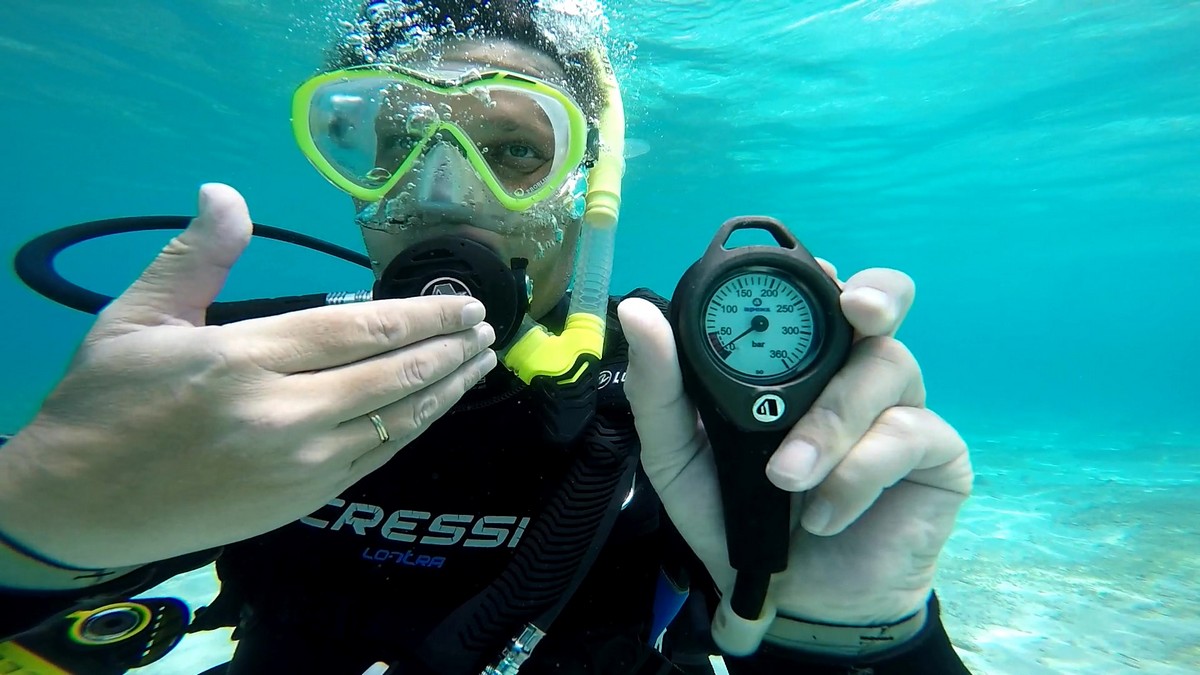 As you will see, SSI has effectively mastered the uses of technology to strengthen the learning experience, anytime and anywhere.
As you will see, SSI has effectively mastered the uses of technology to strengthen the learning experience, anytime and anywhere.
Quality & Accountability
Divers can be absolutely sure with a SSI training program you have made the right choice. The SSI Quality Assurance Program ensures the best possible service for divers at any time:
- Instructors can only teach through authorized SSI Dive Centers and Dive Resorts which is a quality advantage by itself.
- Annual monitoring of all SSI Dive Centers, Dive Resort and all Dive Professionals to ensure quality training.
- A network of professional Dive Centers and Dive Resorts ensures the quality of training worldwide.
Internationale Recognition
SSI is one of the few training agencies who qualified for a Global ISO Certification. 7 SSI Programs (5 for divers and 2 for instructors) got certified after the International Standards:
- ISO 11121 for Try Scuba
- ISO 28401-1 to -3 for Scuba Diver to Dive Guide
- ISO 11107 for Enriched Air Nitrox
- ISO 28402-1 and -2 for Dive Control Specialist and Open Water Instructor
Due to that the SSI C-Cards for the appropriate ratings are allowed to carry the ISO quality label. SSI Certifications are well respected around the globe so divers can be confident that your diving credentials will be recognized wherever you want to dive.
SSI Certifications are well respected around the globe so divers can be confident that your diving credentials will be recognized wherever you want to dive.
SSI Edition
The SSI EDITION made by CHRIS BENZ was celebrate her first world premiere in 2011. Due to the special model in special SSI design, the fan community was created in a short time and growing up until today constantly.
More informations to the SSI EDITION you will find here.
HOMEPAGE: www.diveSSI.com
The Mercedes-Benz Unimog was originally meant to be a tractor
Many great automotive names have ties to agriculture. Lamborghini made tractors before it made supercars, and Porsche and Ford have dabbled in farm equipment over the years. That’s also the case with the Unimog. The versatile work vehicle sold by Mercedes-Benz was originally supposed to be a tractor.
The Unimog was born in 1945, amid the devastation of postwar Germany. The vehicle was designed by Albert Friedrich, a former head of aircraft-engine design at Daimler-Benz. Friedrich’s original drawings were of an “engine-powered universally applicable machine for agriculture,” a description that is still partially referenced in the Unimog name, but more on this later.
Friedrich’s original drawings were of an “engine-powered universally applicable machine for agriculture,” a description that is still partially referenced in the Unimog name, but more on this later.
That original plan called for four-wheel drive, four equal-sized wheels, and 25 horsepower. The vehicle was also designed with a track width of 1,270 millimeters—the same as two rows of potatoes, according to Mercedes.
But the Unimog was designed to be at home on roads as well as in fields. The design called for a high enough top speed for use on public roads, as well as coil springs for a smoother ride. Tool attachment points and power-takeoffs (which allow the engine to drive accessories) further increased versatility.
Unimog development
A prototype was completed in 1946, and given the name “Universal-Motor-Gerät,” or “universally applicable motorized machine.” That was eventually shortened to Unimog, but first Friedrich and his business partners needed to get the machine into production.
Friedrich had secured permission from the United States occupying forces to go ahead with production (a necessary step in the immediate postwar period), but was turned down by his old bosses at Daimler-Benz. Instead, machine-toll manufacturer Boehringer built the first Unimogs, with large-scale production starting in August 1948.
Boehringer produced about 600 Unimogs through summer 1950, but couldn’t keep up with demand. Convinced by the vehicle’s early sales success, Daimler took over Unimog production later that year. The Unimog has worn Mercedes’ three-pointed star ever since.
Since then, the Unimog has evolved through several generations, keeping the same basic template of a compact four-wheel drive chassis, and the ability to be fitted with an endless array of tools and accessories for different jobs. The current-generation Unimog can be fitted with everything from snowblowers to lawnmowers, and is capable of driving on rails as well as dirt and pavement. Earlier this year, a Unimog set a new altitude record, climbing to 21,961. 94 feet up the Ojos de Salado volcano in Chile.
94 feet up the Ojos de Salado volcano in Chile.
Dive Deep Without Decompression & Bends: Safety Guide
Scuba diving is an activity that changes your life altogether. Once you are there in the water it is very hard to bring you back.
With each passing year, the popularity of scuba diving increases many folds.it is the most t adventurous of all activities.
But as they say every activity has drawback as well. There are many things about scuba diving that one needs be careful about and should be well trained to tackle them.
That is why there are a number of centers that offer you a proper scuba diving course. And it mandatory to have certified with the diving course otherwise you are not allowed to dive in the water on your own. And there are valid reasons for this.
HOW DEEP CAN YOU DIVE WITHOUT GETTING THE BENDS, Decompression?
Divers affected by bends all the time being underwater, but you can dive without getting strong decompression at about At 15 meters or 50 feet dive depth depends on PADI Tables For the time limit 1 hour 15 mins of diving underwater.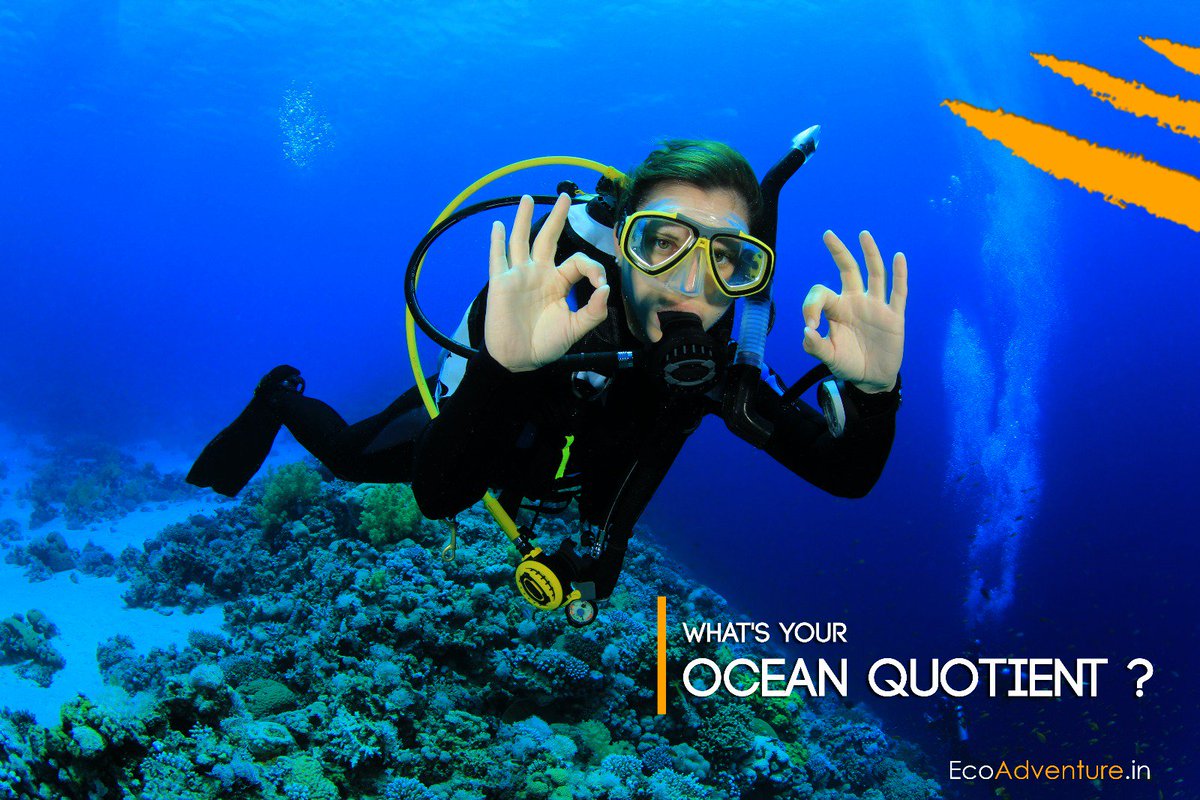 If your descent more than 15 meters or 50 feet you will get the start in new hight level of decompression with a new time limit to stary in this depth as the proven table from PADI, here you need to do stop decompression and keep your safety
If your descent more than 15 meters or 50 feet you will get the start in new hight level of decompression with a new time limit to stary in this depth as the proven table from PADI, here you need to do stop decompression and keep your safety
No matter how far you go whenever you ascend back your way you would get bends. So the more realistic question to answer would be how deep can one dive without getting decompression stops. Decompression that causes bending depends upon the level of depth you dive deep to and the time you stay in the chosen depth.
The general guideline is as longer or deeper you dive the more chances of needing decompression stops increases.
At What Depth Do You Get The Bends?Can you get the bends at 30 feet?
- For shallow dives up to 6 to 10 meters (20-30 feet), one can spend many hours without needing the decompression stops.
- But the dives deeper than 30 meters (about 100 feet), one can only stay at this depth for about 20 minutes before needing to stop for decompression.

what this complies is that if you go beyond this limit you would enter into the decompression stop time and you have to decompress yourself then. You will need to check your air consumption during the time you need to decompress while you are at a stop.
So, with that, I hope it is all clear now that what is bending? What causes bending? How far can you go with respect to the depth of the water before getting bends? What do you need to do to prevent bending while diving?
I wish you all a happy and adventurous diving experience ahead. Have fun and be safe.
WHAT CAUSES THE BENDS?
Divers Spend MOst of Time Underwater Descent & ascent, But If the diver were to swim quickly to other points towards the surface then the bends illness raise immediately because of the rapid release of nitrogen gas in the bloodstream caused by bubbles forming in the blood This could be a very painful condition,
To be safe while diving you should understand how Henry’s Law works precisely as the pressure increases, the solubility of N2 the diver’s bloodstream increases.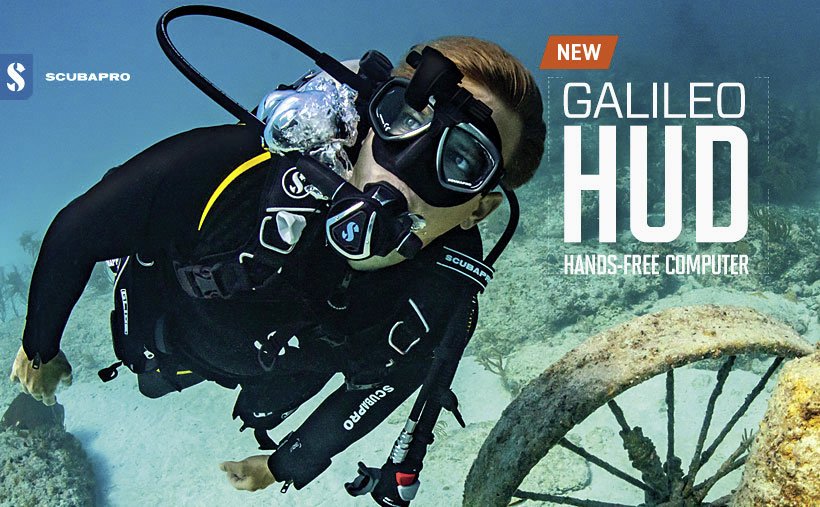 this proven you should swim to the surface slowly to increase N2 ability to escape at lower pressure through exhalation.
this proven you should swim to the surface slowly to increase N2 ability to escape at lower pressure through exhalation.
What Is the
decompression time limit for Dive Depth? (Padi Tables)
- At 15 meters or 50 feet dive depth: No decompression time limit is of 1 hour 15 mins (PADI Tables 80 minutes).
- At 18 meters or 60 feet dive depth: No decompression time limit is of fifty minutes (PADI Tables 55 minutes).
- At 24 meters (80 feet) dive depth: No decompression time limit is of 30 minutes (PADI Tables 30 minutes).
- At 30 meters (100 feet) dive depth: No decompression time limit is of 20 minutes (PADI Tables 20 minutes).
- At 33 meters (110 feet) dive depth: No decompression time limit is of 17 minutes (PADI Tables 16 minutes).
- At 40 meters (130 feet) dive depth: No decompression time limit is of 12 minutes (PADI Tables 10 minutes).

- At 50 meters (164 feet) dive depth: No decompression time limit is of 8 minutes.
HOW TO DECOMPRESS SICKNESS TO PREVENT GETTING THE BENDS?
Out of many problems and threats faced by the divers One of the most important problems is that of getting bends during scuba diving. Before starting the discussion about the topic first of all we need to understand what a bends is?
WHAT IS A BEND?
The bend is a condition known as decompression sickness or caisson disease that occurs very commonly in scuba divers.
This occurs when the dissolved gases especially the nitrogen come out of the mixture of the gases in the form of a bubble and affects the human body at any and every part.
The bubbles can be absorbed by the body tissues and in turn can damage very badly and can prove to be fatal if the decompression is not done timely. So, getting bend during diving is something serious which requires a proper training about how to deal with it, before starting to dive.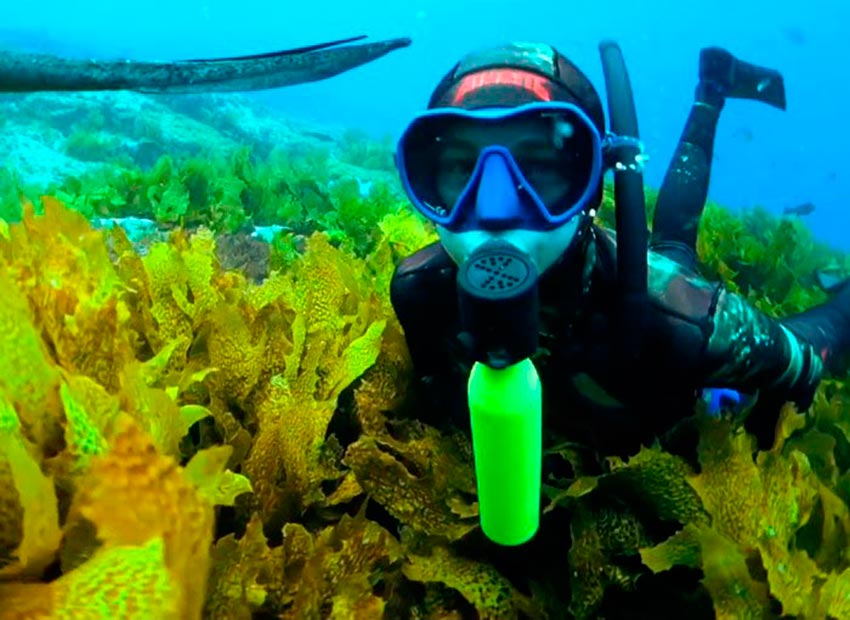
What happens?
while going deep there is no risk one feels but as you ascend the chances of getting bends appears then. So, what one needs to do is that the divers decompress by ascending slowly.
The gases particularly nitrogen that dissolves in the body tissues under the high pressures deep in the waters is released as you ascend back to the surface because the pressure difference falls down. If some one ascends too fast the gases would rapidly convert into bubbles and would escape from the body tissues too quickly.
so, to avoid this rapid bubbling one needs to ascend slowly. Your ascent rate can be monitored by using a dive computer. Or alternatively, you can ascend at a rate that’s slower than the smallest of your exhaust bubbles from breathing.
best 5 dive computer to avoid bends and detect safe bends stop picked for you !!
Suunto Eon Steel Computer
- Designed for advanced/technical diving
- Optional wireless air integration
- Air/nitrox/trimix support
- Multi gas diving (up to 10 gases)
- 4 operation modes: air, ccr, gauge, mixed gas
Shearwater Research Teric Wrist Dive Computer
- Nitrox Trimix decompression dive computer in wrist-watch form factor
- B�Ã�¼hlmann ZHL-16c algorithm with configurable Gradient Factors
- Supports optional wireless tank pressure transmitters
- Switchable audible and vibration alerts
- Supports Open-Circuit, Fixed PO2, Gauge, and Freediving Modes
Scubapro G2 Wrist Dive Computer W/Transmitter and HRM
- Computer, Molded Case, Read First Manual, 3M Foil Screen Protector, USB Cable, Retractor Clip, Transmitter, Heart Rate Monitor, Owner Manuals
- Scubapro G2 Dive Computer, Transmitter and Heart Rate Monitor:
- Complete System to Monitor Dive & Heart
- Scubapro Galileo 2 Complete:
- You’ll Never Do-Another-Dive w/o-It!
Suunto Zoop Novo Wrist Scuba Diving Computer, Blue, Without USB
- Operating modes: air, nitrox, gauge and freedom modes
- Programmable for 21% to 50% oxygen mixtures
- Imperial or metric programmable, decompression stop data, audible alarms
- Back Lite display, easy to read in low light & night conditions
- Maximum depth display: 330′ (100 meters)
Last update on 2021-10-22 / Affiliate links / Images from Amazon Product Advertising API
The following depths and no stop decompression times are based on the first dive of the day.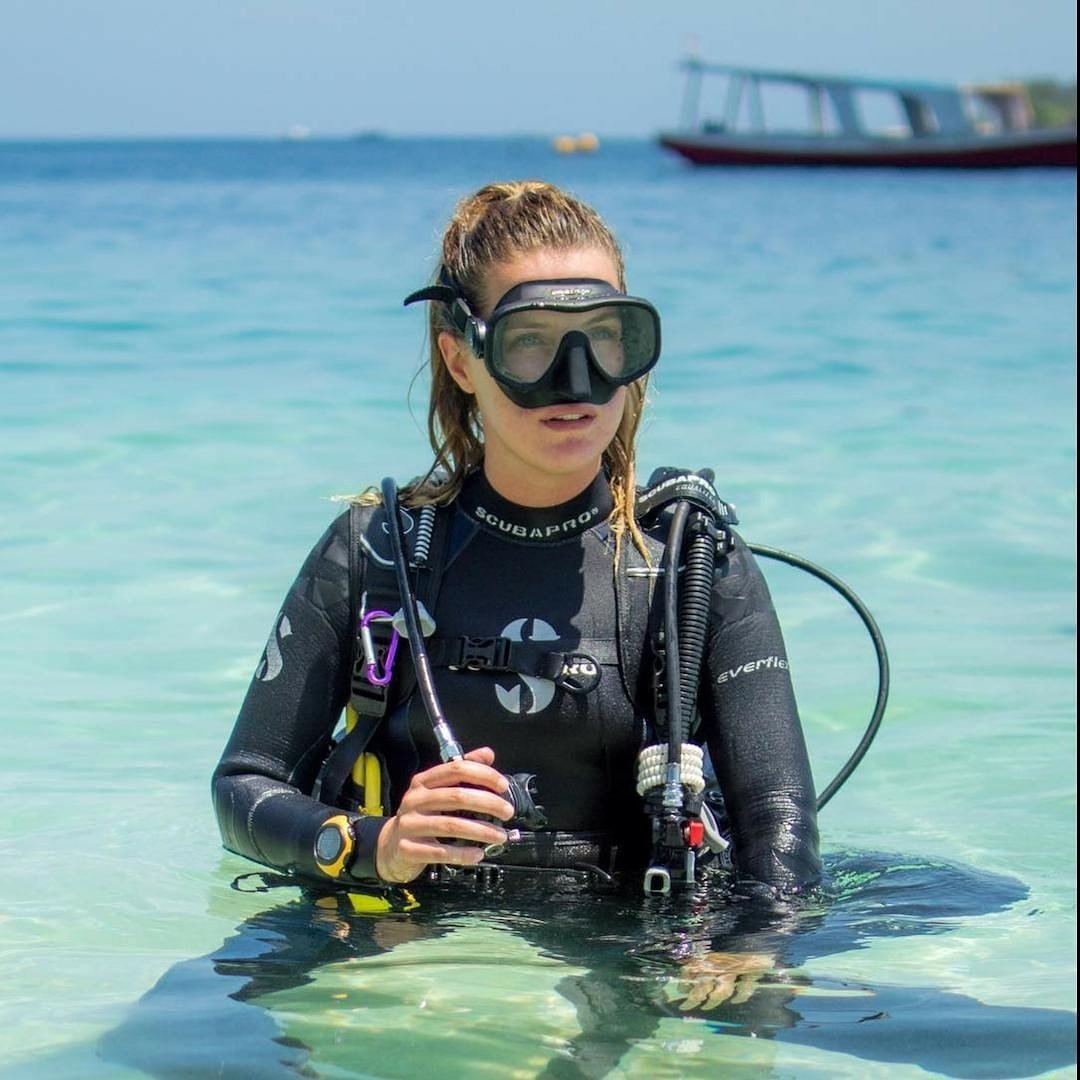 That is, they assume you’ve not done any other dives beforehand.
That is, they assume you’ve not done any other dives beforehand.
The bubbling of gases due to the rapidly changing pressure difference from the sea level that increases continuously as you dive deeper and deeper. As the pressure due to nitrogen increases, it dissolves into the tissue more and more.
The nitrogen has no mechanism of self-utilization in the body so it gets piled up in the body tissues over time.
This accumulated nitrogen is released in the form of bubbles once the person reaches back to the sea level. These bubbles are capable of blocking the blood vessels and thus causing problems in normal blood flow and results in thrombus and embolism.
These embolism can be dislodged in any of the major vessels causing the blood flow to cut off leading to the death.
You Can Also Record Your Dive Deep using scuba dive log Apps
90,000 Deadly Depths. How a freediver almost died on the way to the world record
Photo author, herbertnitsch. com
com
Photo caption,
Herbert was attracted by the sea depths from childhood
“People ask me – can you live without diving? Can you live without food? – I answer. ”
Herbert Nitsch grew up in Austria, a landlocked country. But the depths of the sea always attracted him.
Nitch is one of the best freedivers in the world.He dives deep under water without any equipment.
He can hold his breath for nine minutes, and his diving depth record is 253 meters. For comparison, this is more than 80 floors.
The BBC spoke to Nitsch about why he does it – and how trying to set a record nearly cost him his life.
No Limits
The freest and most extreme type of freediving is called No Limits. The diver descends under the water with ballast or on a special cart, and rises back with the help of an inflatable ball.
Even professionals consider this method extremely dangerous. Diving without limits has already claimed the lives of several divers.
Diving without limits has already claimed the lives of several divers.
Photo by herbertnitsch.com
Caption,
Herbert Nitsch nearly died while setting the world record
No Limits – an ordeal of courage and endurance even for experienced divers like Nitsch. But he loves the challenge, and years of training and competition have given him the experience he needs.
With the help of breathing exercises, Nitsch increased his lung capacity to 14 liters.The average lung volume of a man is about six liters.
In 2007, the diver set a world record by diving to 214 meters. In 2012, he dived 253 meters off the coast of the Greek island of Santorini.
In a conversation with the BBC, he talked about this record dive that nearly killed him.
“Martini Effect”
“I closed my eyes and did not notice anything around. The world around me seemed to not exist,” says Nitsch.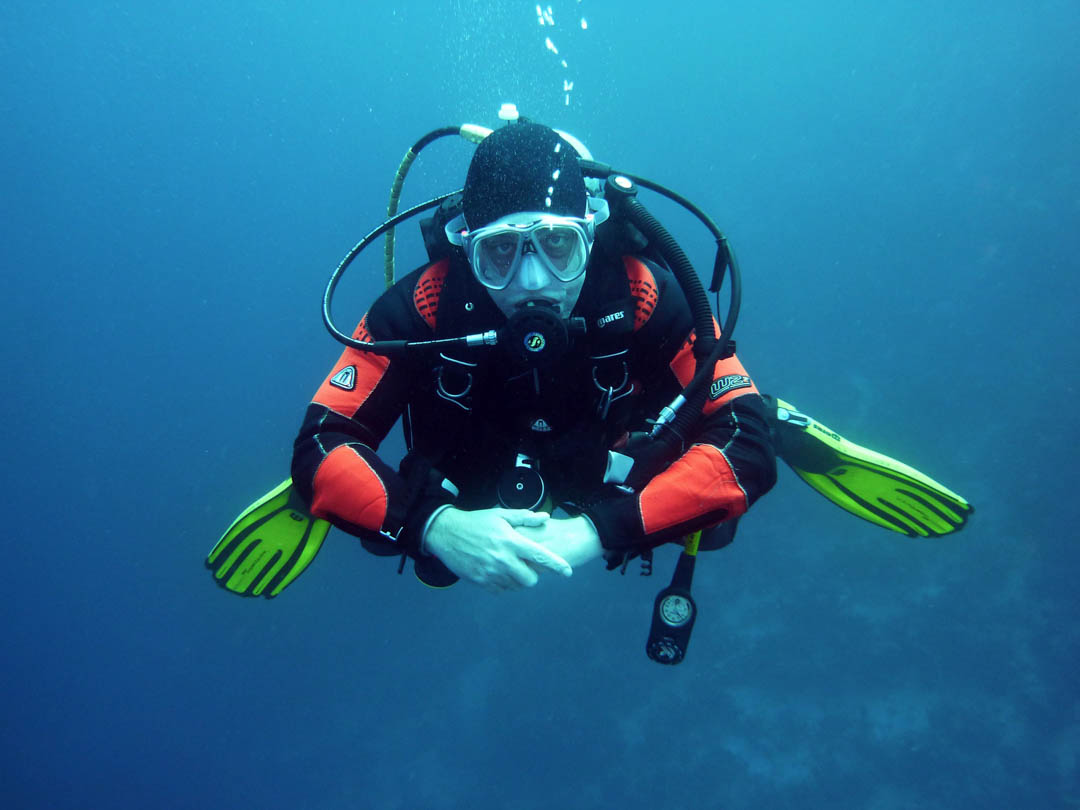
At a depth of 15 meters, he stopped exhaling in the EQUEX – a pressure equalization device, similar to a large Coca-Cola bottle with a hose at the top and holes in the bottom.
Nitsch designed this device himself. It is very important for divers to equalize the pressure when diving; if this is not done, eardrums can burst.
Photo author, herbertnitsch.com and Phil Simha
Caption,
Nitch trained the lungs using his own technique
“As I dive further, I breathe in this air in small sips. At depth, a problem appears – the air from the lungs becomes inaccessible. it is no longer possible to equalize the pressure, “he explains.
“But when I exhale into these bottles, the air remains with me at depth. It takes about 30 seconds to exhale all the air from my lungs in EQUEX, then I dive with empty lungs.”
At a depth of 250 meters, the human body is under incredible pressure. The lungs are compressed to the size of a lemon, all the blood that is concentrated in the chest area leaves the limbs, otherwise the chest can simply break under pressure.
Nitch managed to break his record and descend 253 meters.
But surfacing turned out to be more difficult. On the way back to the surface, he passed out due to an effect called nitrogen intoxication or underlying sickness. High pressure nitrogen can have a narcotic effect on the central nervous system.
This phenomenon is called the “martini effect” – the deeper the diver dives, the more intoxicating effect he will feel.
Fall asleep at 80 meters
“When you dive with or without scuba diving to great depths, nitrogen poisoning occurs.You start to feel drunk. And the deeper it is, the stronger it is. The combination of relaxation and anesthesia led me to fall asleep at a depth of 80 meters. “
Photo by herbertnitsch.com
Photo caption,
Today Nitch is almost healthy
” Divers from the safety group found me at a depth of 26 meters. ”
Rescuers thought Nitsch had passed out from lack of oxygen, and the divers who insured him decided to bring him back to the surface as quickly as possible, without a critical one-minute decompression stop.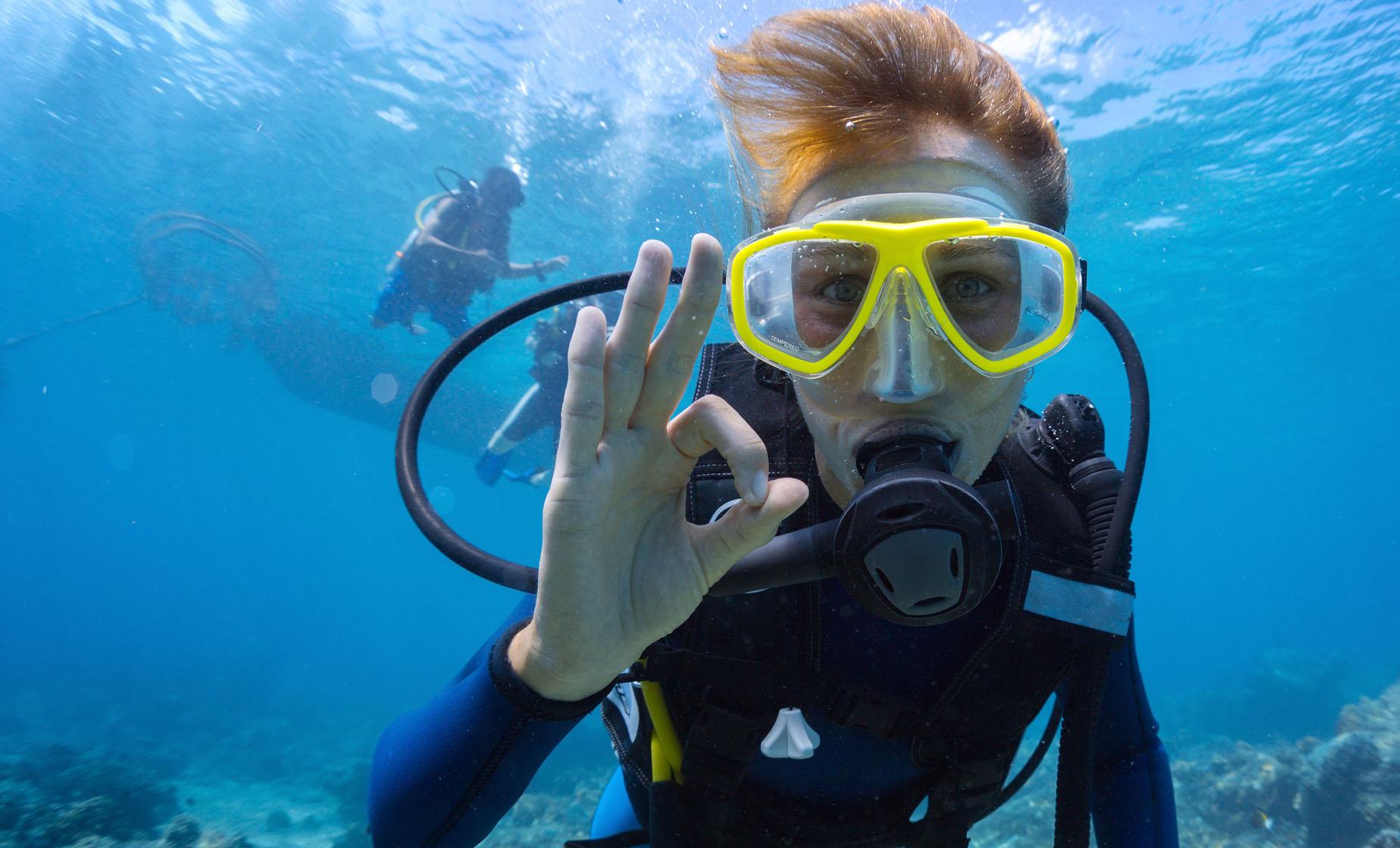
But on the way up, consciousness returned to Nitch, and when he reached the surface, he knew what he needed to do.
Decompression
“I asked for an oxygen cylinder and a mask and immediately dived to the decompression depth.”
If the scuba diver swims up too quickly, he may have an attack of decompression sickness. Nitrogen bubbles form in the blood and body tissues. Joint aches are one of the most common symptoms. In difficult cases, the diver begins to twist under the influence of these bubbles.Without emergency medical attention, this condition can be fatal.
“My body was numb and my head started to spin very badly,” Nitch recalls.
Nitch spent 25 minutes underwater, but it didn’t help. He told his team to follow an emergency security procedure.
Nitch was still alive thanks to the team’s help and years of hard training. But his life was still in great danger.
Coma
Nitsch was taken by helicopter to a hospital in Athens.Even before reaching her, the diver fell into a coma. Doctors began to rescue immediately, but they told Nitch’s relatives that he was teetering on the brink of life and death.
Photo author, herbertnitsch.com
Photo caption,
Herbert Nitsch was rescued by the divers who insured him
“I did not understand what was happening. The first week I was in a coma, after which I lost my short-term and long-term memory. I could not even remember the names of my best friends, “he says.
“Due to decompression sickness, I have symptoms of a cerebral stroke.I was disoriented: as if you were waking up and did not remember your life. I did not recognize anything around. “
Nitch could not walk and had difficulty sitting down. He moved in a wheelchair, his speech became slurred.
” Thank God, I did not fully understand what was happening to me.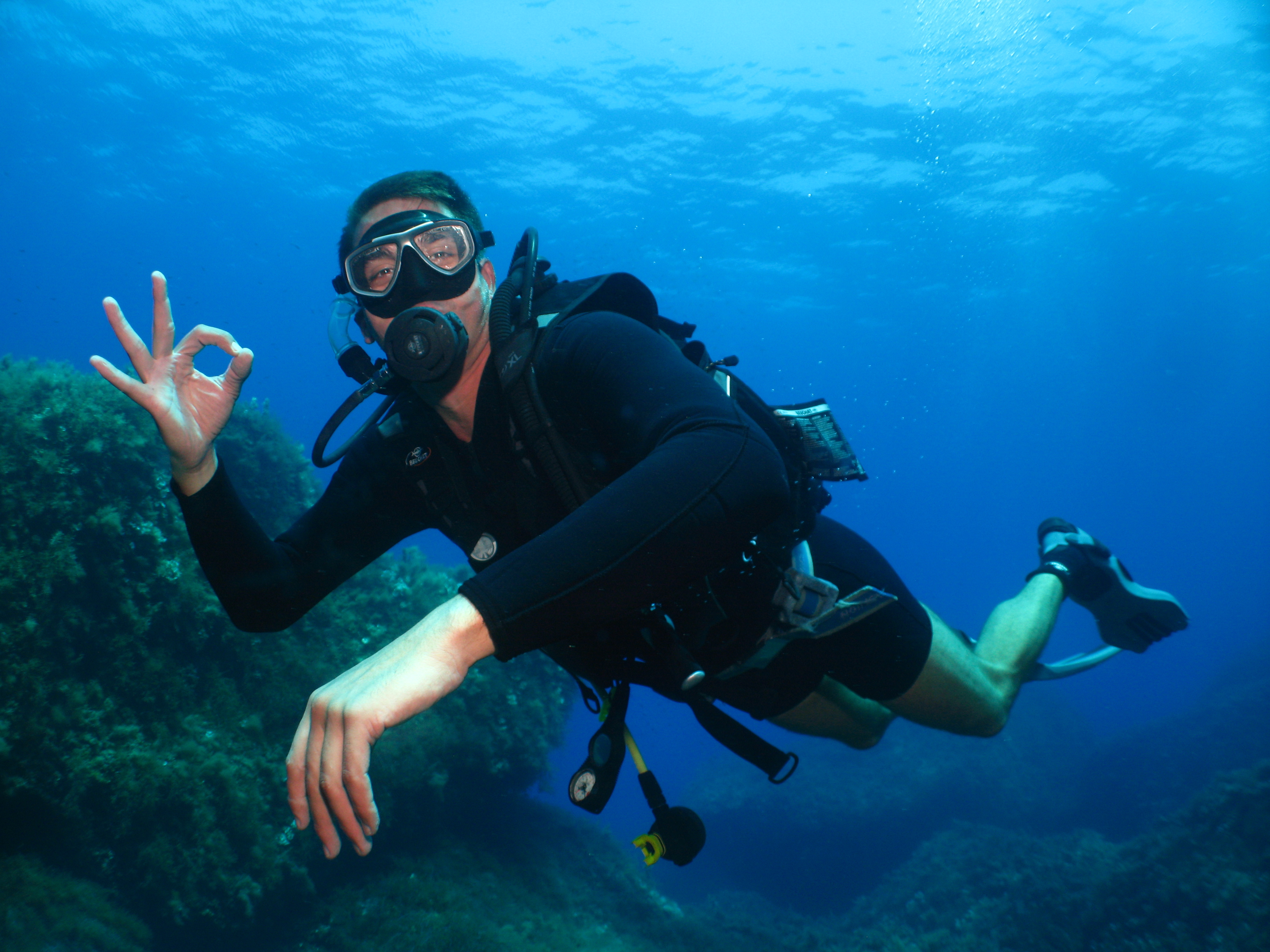 And when most of my consciousness returned to me, I accidentally heard the doctors talking to each other. “
And when most of my consciousness returned to me, I accidentally heard the doctors talking to each other. “
Photo author, Getty Images
Photo caption,
Nitch had fainted during diving before – sometimes his experience let him down (photo of 2004 )
The forecast was disappointing.
The doctors said that he may never get up from the chair and will definitely never dive again. But Herbert did not believe them. He was already used to people telling him what he could never do.
Struggle
Despite predictions, Herbert took up physical therapy. Then he took up swimming to develop strength and coordination again. Then he took his first independent steps.
Nitch did well, and it spurred him on. Two years after meeting death while setting the record, he dived again.
Herbert can no longer dive to record depths, but still holds 33 freediving records, including the title of “Deepest Man on Earth”.
Photo author, Getty Images
Photo caption,
Decompression sickness is extremely dangerous for divers
Today, seven years after that dive, Nitch is almost completely recovered. He still has minor problems with coordination and movement, but he still dives – just for the love of sports, and says that it gives him a sense of freedom.
“When I am in the water, everything is fine. In the water I feel like a child.”
aqualung scuba regulator compensator diving equipment diving – diving and spearfishing equipment
In the early forties of the 20th century, naval officer Jacques-Yves Cousteau and engineer Emile Gagnan improved the Scuba tank of mining engineer Benoit Rouquayrol and Lieutenant of the fleet August Denayrouze, model 1865 (Pat. N63606), as well as the Ivle Priore model of 1925, giving it a well-known look.Scuba – from the Latin Aqua (water) and English lung (lung). So instead of the word “scuba” it is legitimate to use the word “scuba” (from the English SCUBA, which stands for Self Contained Underwater Breathing Apparatus – an autonomous apparatus for breathing underwater).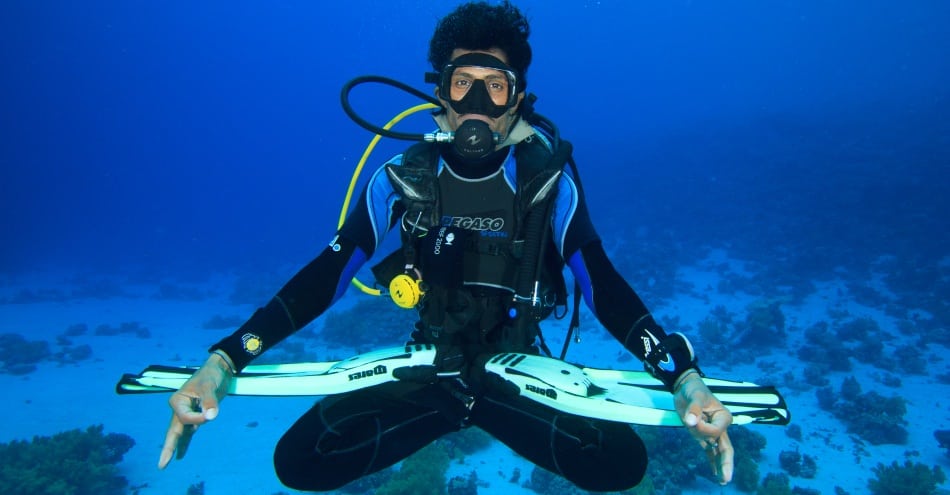
Experiences with diving (not always successful and safe) led Cousteau and his friends to the idea that diving requires a device with compressed air, not oxygen. And it should be an autonomous and automatic apparatus.Accordingly, the devices Fernez and Le Priyor tested by him did not fit … Using the rich experience of a diver with various autonomous devices, Jacques-Yves was able to accurately formulate the requirements for the device. Jacques-Yves knew exactly what he needed, but he himself could not create the proper design.
Fortunately, his wife Simone’s father, Henri Melchior, was on the board of directors of Air Liquide Corporation, which was the largest French gas producer in France. These family ties helped in December 1942 Cousteau to find the engineer Emile Gagnan, who worked for this corporation and was the author of a curious invention.Since at that time all European gasoline was poured into the Wehrmacht’s gas tanks, there was not enough fuel in France. The invention of Ganian saved motorists, who invented a device that made it possible to use compressed gas instead of gasoline. Cousteau became interested in a reducer, a “small bakelite box” – a device for regulating the pressure when supplying gas to the motor and ordered something similar to Ganian, but adapted for humans. Engineer Emil Gagnan used his reducer to supply the diver with air from cylinders.He assembles such an apparatus and conducts a series of tests on the Marne River near Paris in January 1943. Not too satisfied with the first results, Emile Gagnan modifies the device, tests it in the Parisian basin, and in June 1943 Jacques Yves Cousteau, Frédéric Dumas and Philippe Tayet run in the sea (Villa Barry near Marseille near Bandol station, Fr. Riviera) this model found to be “excellent in service”.
The invention of Ganian saved motorists, who invented a device that made it possible to use compressed gas instead of gasoline. Cousteau became interested in a reducer, a “small bakelite box” – a device for regulating the pressure when supplying gas to the motor and ordered something similar to Ganian, but adapted for humans. Engineer Emil Gagnan used his reducer to supply the diver with air from cylinders.He assembles such an apparatus and conducts a series of tests on the Marne River near Paris in January 1943. Not too satisfied with the first results, Emile Gagnan modifies the device, tests it in the Parisian basin, and in June 1943 Jacques Yves Cousteau, Frédéric Dumas and Philippe Tayet run in the sea (Villa Barry near Marseille near Bandol station, Fr. Riviera) this model found to be “excellent in service”.
After the end of the war, Jacques Yves Cousteau strives to achieve independence by all means in order to do what he himself wants without tutelage and coercion. That is why he also wanted to be able to manage the enormous economic potential that subsea development had at that time thanks to “his” Cousteau / Gagnan gearbox, commercially supplied by the Air Liquide subsidiary Spirotechnik. Later, the controlling company “Aqua Lang International” will unite more than 20 perfect different firms. It will manufacture and sell various brands of diving equipment worldwide.
That is why he also wanted to be able to manage the enormous economic potential that subsea development had at that time thanks to “his” Cousteau / Gagnan gearbox, commercially supplied by the Air Liquide subsidiary Spirotechnik. Later, the controlling company “Aqua Lang International” will unite more than 20 perfect different firms. It will manufacture and sell various brands of diving equipment worldwide.
Since the founding of La Spirotechnique, the progenitor of modern Aqualung, the Italian Technisub, the American SeaQuest, US Divers and the English Apeks have joined the company that has created a real diving empire around it.One of the leaders in breathing apparatus manufacturing, Aqualung has long earned a legendary reputation in the diving market.
The company currently generates a turnover of around one billion EURO, of which the Jacques-Yves Cousteau family receives 5 percent for the authorship of the patented invention. Distributed by “major specialties”, each of the group companies is responsible for a specific type of equipment: BCDs for SeaQuest, regulators and valves for Aqualung, masks, fins and snorkels for Technisub, for example.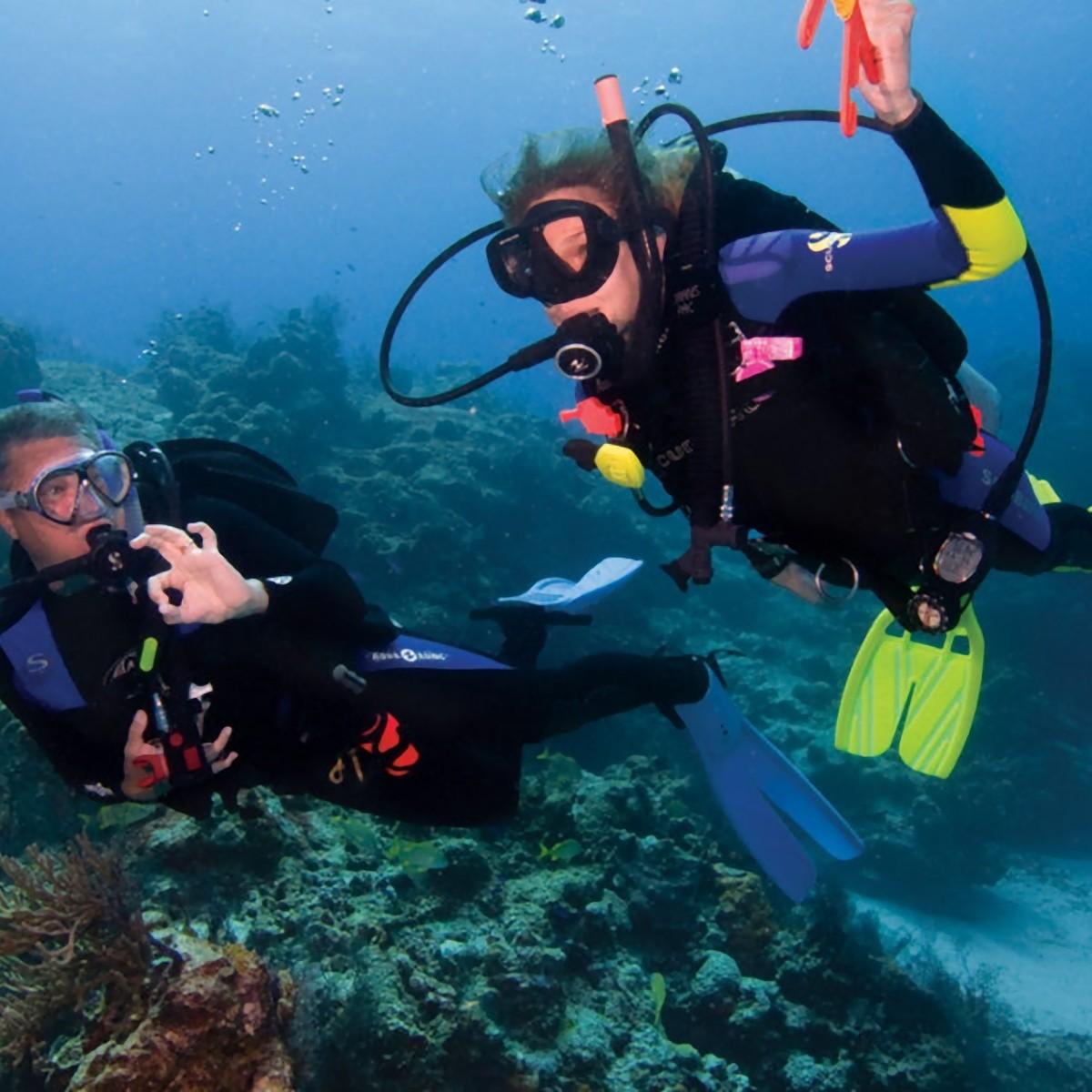
Thus, manufacturers can confidently say that Aqualung products are developed by experts in their field, and that the safety and enjoyment of diving is guaranteed to every diver.
Views: 6206
Date: 19 April 2011
Scuba Low Profile Mask | High Quality Scuba Low Profile Mask Manufacturer from Taiwan | AQUATEC
Scuba Low-profile mask
MK-350
MK-350 Diving mask The lens is made of ultra-transparent and impact-resistant tempered glass Crystal Clear, which is appreciated for its attractive appearance and optical qualities.The low iron content provides higher light transmittance and reduces the green tinge inherent in other glasses.
Scuba Mask Diving Mask, Diving Mask Snorkeling Mask Necessary, Silicone Mask,
This
Scuba camouflages lenses without distortion and helps improve color reproduction and visibility in low light underwater conditions. MK-350 combined with frameless silicone skirt, easily adjustable strap, wide view and low volume.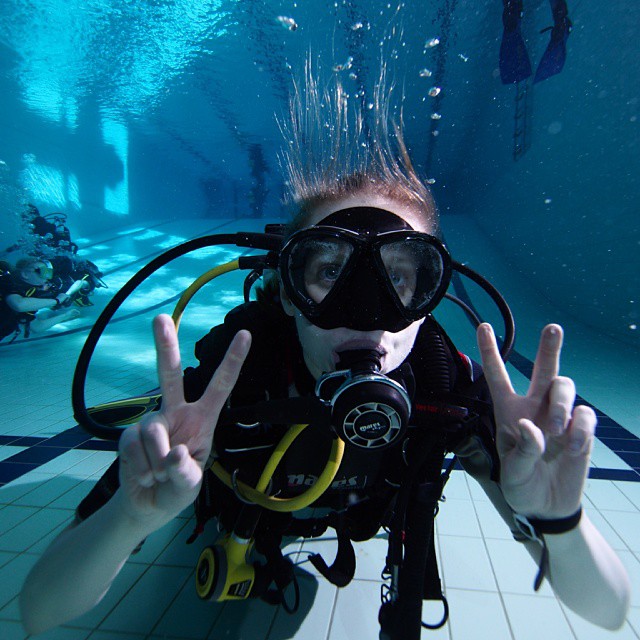 Scuba diving raises the bar for optical quality and distortion-free performance. MK-350 frameless
Scuba diving raises the bar for optical quality and distortion-free performance. MK-350 frameless
The diving mask fits most standard faces and almost any wide face.
Scuba Gear Technical Information:
- Frameless single window mask.
- Material: silicone skirt, strap and tempered glass.
- Black.
- Packing: without scuba mask box.
- ⊙ Diving equipment OEM and ODM are available.
- ⊙ Diving equipment customization.
- ⊙ Manufacturer: Aquatec
Maintenance
- After each use, rinse with fresh water.
Warranty period
- From the date of purchase one year from the date of warranty on the product.
- Normal operating conditions, inhuman damage, the company must provide free service.
Scuba Equipment Parts
Scuba Gift Gearbox
- Related Products
Scuba Mask Vaparonda
MK-400 (Black)
This is a versatile low-tonnage MK-400 Scuba Diving The mask is made of high quality silicone for maximum comfort, comfortable fit and durability.
 The diving mask has a black frame made of impact-resistant polycarbonate plastic; black silicone skirt; impact resistant hardened lenses; and an easily adjustable strap.
The diving mask has a black frame made of impact-resistant polycarbonate plastic; black silicone skirt; impact resistant hardened lenses; and an easily adjustable strap.Scuba Max Field Mask
MK-500
New wide-angle mirror design and traditional comparison, increasing the field of view by 150%. (Distance to target 1 meter) This MK-500 Big View Scuba Diving Mask uses a larger rimmed lens.Reduce the distance between the eyes and the mirror to reduce the volume of the mirror, the mirror to facilitate drainage.
One window
Diving MaskMK-600 (black)
AQUATEK MK-600 The diving mask has a lifetime guarantee against breakage of frames and lenses. Strength is achieved with an inner frame molded directly below the surface of the high quality silicone skirt. This scuba diving mask provides strength and rigidity, and also eliminates the bulky outer plastic frame in other masks.This aqualang mask also includes an ultra clear tempered glass optical lens with exceptional clarity and high light transmission with no color distortion.

One window
Diving MaskMK-600AL
Most Durable Aluminum Single Lens Diving Mask Ever, AQUATEC MK-600AL Scuba Diving The mask comes with a lifetime warranty against frame and lens breakage. Strength is achieved with an inner frame molded directly below the surface of the high quality silicone skirt.This diving mask provides strength and rigidity, and also eliminates the bulky outer plastic frame found in other scuba masks.
Scuba Mask Box
MB-100
The plastic mask box worked very well. All masks fit well and are well protected. The box is durable. It’s quite bulky to pack, but not sure how it can be smaller and protect the mask. I recommend the product.
- Download Files
90,000 Science of War. Ingenious inventions of the Second World War
Fuel of the future
Siege Leningrad was defended from bombing, including with the help of balloons. They were called barrage balloons. They hung over the city at a height of two to four kilometers and prevented the Nazis from taking aim. In addition, enemy aircraft from time to time swooped down on the cables and fell.
They were called barrage balloons. They hung over the city at a height of two to four kilometers and prevented the Nazis from taking aim. In addition, enemy aircraft from time to time swooped down on the cables and fell.
The balloons were filled with hydrogen. Once a month, or even every 25 days, each of them had to be lowered down and refilled, because the hydrogen was gradually released through the rubber shell, and the balloon was losing altitude. In addition, air got inside, an explosive mixture was obtained, which could explode. Therefore, the “dirty” hydrogen was released and clean hydrogen was pumped in.
The balloons were lowered with the help of winches powered by the engines of the famous Soviet trucks – one and a half. Fortunately, the repair of these winches at that time was carried out by junior lieutenant Boris Shchelisch, who loved Jules Verne very much.
At some point, the city ran out of gasoline. The decision had to be made quickly. Shchelisch decided to take electric winches – elevators. There and then there was no electricity either. The option of gas-generating trucks remained – the fuel in their engines was gas obtained from the combustion of coal, wood and other components. Or manually. But it was too difficult, and only a few soldiers were available.
There and then there was no electricity either. The option of gas-generating trucks remained – the fuel in their engines was gas obtained from the combustion of coal, wood and other components. Or manually. But it was too difficult, and only a few soldiers were available.
So, in the novel “The Mysterious Island” there is a chapter “Fuel of the Future”, and it says that someday all the coal on Earth will be burned (novel of 1874).
– What will be burned instead of coal?
– Water, – replied Cyrus Smith
From the novel by Jules Verne “The Mysterious Island”
Junior Lieutenant Shchelishch applied to the command with a proposal to supply “dirty” hydrogen from balloons to automobile engines. We tried it – and it worked! The engine started, it worked. True, something had to be finalized: during the first tests, an explosion occurred, the inventor himself was even concussed. It was necessary to come up with a water seal for the safe injection of such fuel, and – again at the suggestion of a fan of classic fiction – it was made from a used fire extinguisher.
As a result, imagine, when all the cars in the city were parked, THESE cars were driving. There were about five hundred of them. Boris Shchelisch was awarded the Order of the Red Star, his idea was used in air defense. But when gasoline appeared again, the civil application of the hydrogen engine was forgotten and, in general, is not remembered to this day.
Cosmonautics
It is impossible not to mention the “V-2”. How many people died. It was the first rocket to fly into space.In 1944, she was launched into the sky from Peenemünde (training ground of the Third Reich). Then the rocket was also called “Unit-4” (A-4). She rose to a suborbital flight altitude of 188 kilometers. The creator of the A-4, Wernher von Braun, originally dreamed of this, but Germany needed missiles for slightly different purposes. Walter Dornberger became interested in the inventor’s work in the 1930s, and in the fall of 1944, the world’s first long-range ballistic missile hit Paris and then London. More precisely, they collapsed.There were many of them. Thousands. The British did not even understand at first what it was. They thought that there was an explosion in the gas main. More than 2,700 dead. Then another copy was launched at a cinema in Antwerp, Belgium – 567 victims. More than half of all who were there.
More precisely, they collapsed.There were many of them. Thousands. The British did not even understand at first what it was. They thought that there was an explosion in the gas main. More than 2,700 dead. Then another copy was launched at a cinema in Antwerp, Belgium – 567 victims. More than half of all who were there.
Photo © Universal History Archive / Universal Images Group via Getty Images
When the Wehrmacht was crushed, von Braun surrendered to the Americans, and his rocket became the beginning for astronautics not only in the United States, but throughout the world.From the factory where the V-2 was assembled (Thuringia, eastern Germany), the Allies took everything they could. The USSR got only a few trophy parts of the rocket. And no blueprints. Under the leadership of Sergei Korolev and not without the help of specialists from Germany, it was still possible to recreate the not long ago vile “weapon of retaliation” and, on its basis, ensure the Soviet Union another victory – the honor of being the first in space.
Computer
The first computer in the world was called ABC. Atanasoff-Berry Computer.Atanasoff – American physicist John Vincent Atanasov. Bulgarian by origin. Berry is the graduate student Clifford Berry who worked with him. They worked on an electronic computer for three years, until 1942. Then Atanasov went to the army. And soon scientists from the University of Pennsylvania – John William Mockley and John Presper Eckert – presented their own version of the computer. Their car was called ENIAC – Electronic Numerical Integrator and Computer (electronic numerical integrator and calculator), created by order of the US Air Force.In particular, for calculating ballistic tables (data set for the most accurate sight from different distances). True, while the invention was being perfected, the war ended. But such a useful thing did not remain idle, it was redirected for mathematical modeling of nuclear explosions. With the help of ENIAC, for example, they tried to predict the radioactive fallout in the USSR in the event of an atomic war.
Scuba
This invention, also largely due to the lack of gasoline, is partly reminiscent of the blockade hydrogen cars.The fact is that during the years of the occupation of France, the Germans took all the oil for themselves, so the country started thinking about using gas. The gas corporation Air Liquide was actively involved in this issue. She had her own design bureau, where the outstanding engineer Emil Gagnan worked, who developed the gas supply system for the engine. And the director of this company had a daughter, Simona. The girl fell in love with a naval officer named Jacques Yves Cousteau. Here we are getting closer to the heart of this story.
It is interesting that the brother of Jacques Yves (Pierre-Antoine) was a staunch Nazi, actively promoted this ideology and, naturally, was in good standing with the occupiers.Jacques Yves, however, chose the Resistance and was engaged in reconnaissance in favor of the homeland. And of course snorkeling.
So, the high-ranking father-in-law provided the talented son-in-law with everything he needed for full-fledged research – money and Emil Gagnan. Together, in 1943, they created the scuba gear that we all know. With cylinders. This is called an open breathing cycle – we inhale from the balloon, exhale into the water. And before Cousteau, closed, closed systems were mainly used – when the exhaled air undergoes a special treatment, it is purified of carbon dioxide and inhaled again.This “scuba” is known as a rebreather. He also has a tank to replenish his oxygen reserves. This model was actively used for combat purposes. But there was a danger of oxygen poisoning. A similar disadvantage existed in prototypes of “open” breathing systems (oxygen supply at the right pressure). It was here that Cousteau helped Gagnan. In their scuba gear it was possible to breathe freely and easily at any depth up to 90 meters, oxygen was supplied automatically under atmospheric pressure. For the keen diver, it was a magical sensation.And so began his “Underwater Odyssey”.
Together, in 1943, they created the scuba gear that we all know. With cylinders. This is called an open breathing cycle – we inhale from the balloon, exhale into the water. And before Cousteau, closed, closed systems were mainly used – when the exhaled air undergoes a special treatment, it is purified of carbon dioxide and inhaled again.This “scuba” is known as a rebreather. He also has a tank to replenish his oxygen reserves. This model was actively used for combat purposes. But there was a danger of oxygen poisoning. A similar disadvantage existed in prototypes of “open” breathing systems (oxygen supply at the right pressure). It was here that Cousteau helped Gagnan. In their scuba gear it was possible to breathe freely and easily at any depth up to 90 meters, oxygen was supplied automatically under atmospheric pressure. For the keen diver, it was a magical sensation.And so began his “Underwater Odyssey”.
Microwave
American engineer Percy LeBaron Spencer was deeply impressed by the sinking of the Titanic, especially the feat of 25-year-old radio operator John George Phillips, who until the last moment did not leave the wheelhouse, transmitted signals and eventually died. Young Spencer went to serve in the Navy as a radio operator. Then he went to work for a company producing radar technology. Twenty years later (in 1945), he experimented with a magnetron and suddenly noticed that this device was capable of heating, moreover, heats everything that contains water.There are various myths and legends on this topic – allegedly he put a sandwich next to the device or a bar of chocolate melted in his pocket. Either way, the engineer invented the microwave. By the way, this miracle of technology was first used in military canteens and hospitals, but not for cooking, but for defrosting.
Young Spencer went to serve in the Navy as a radio operator. Then he went to work for a company producing radar technology. Twenty years later (in 1945), he experimented with a magnetron and suddenly noticed that this device was capable of heating, moreover, heats everything that contains water.There are various myths and legends on this topic – allegedly he put a sandwich next to the device or a bar of chocolate melted in his pocket. Either way, the engineer invented the microwave. By the way, this miracle of technology was first used in military canteens and hospitals, but not for cooking, but for defrosting.
Adhesive tape and superglue
During the war years, Kodak – the Eastman Kodak Company – produced remote fuses and tried to create the perfect telescopic sight.For this, transparent plastic was needed. Research in this area was carried out by a chemist, a Cornell University graduate Harry Coover. In 1942, he tried to find the right material, including cyanoacrylate, which he himself invented in the laboratory.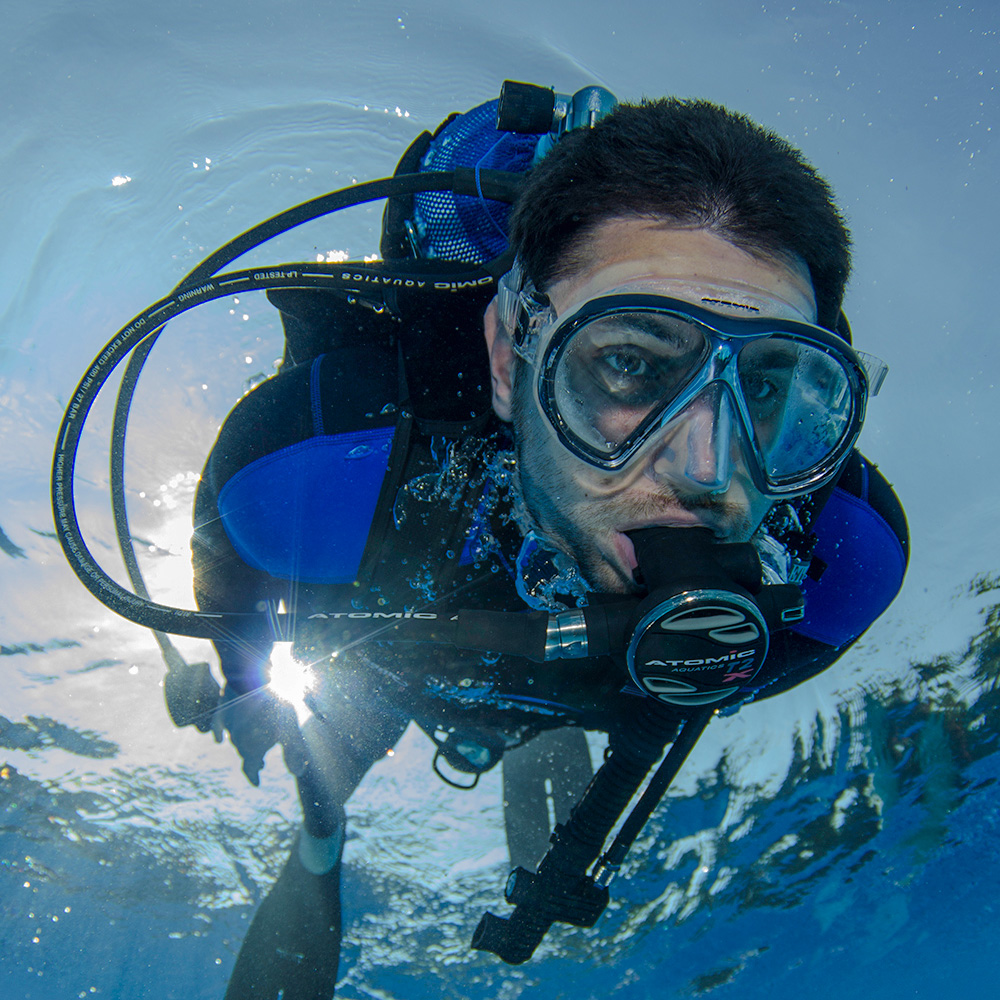 But he didn’t like him. The slightest drop of water and everything became too sticky. A dozen years later, during other studies, cyanoacrylate accidentally completely glued the lenses of an expensive device. And then the scientist realized that this annoying property of his must finally be used.
But he didn’t like him. The slightest drop of water and everything became too sticky. A dozen years later, during other studies, cyanoacrylate accidentally completely glued the lenses of an expensive device. And then the scientist realized that this annoying property of his must finally be used.
And now about the scotch tape: its first prototypes appeared at the end of the 19th century, but it was during the Second World War that the same classic wide sticky tape was invented, with which they like to seal the mouth in movies. Its creation was also a military necessity – with its help, shells were fastened to each other and even dugouts were built, it served as reliable waterproofing. Of course, fixing various things with it is also good.
Remembering Jacques-Yves Cousteau: Scuba – Environmental Digest FacePla.net
Continued. Start here: “ Remembering Cousteau “.
The details of Cousteau’s life in wartime are not entirely clear, even taking into account the fact that dozens of books are devoted to the Commander, and his fate is described almost by hour (but certainly by day and week). Most likely, it was the patronage of Pierre-Antoine’s older brother, who, with the Nazis coming to power, openly supported the new government and even entered the administration of the collaborators.Pierre Cousteau spoke openly in the French press with pro-Nazi articles and was probably very influential in the Nazi press and cinema. Be that as it may, but in 1942 the Cousteau family moved to coastal Marseille, where one of the powerful naval bases of the Germans was located. Here Jacques-Yves continued his experiments on the creation of an underwater breathing apparatus and diving with the other two “Musketeers”, who, at his call, also moved to Marseille.
Of course, this is somewhat surprising.On the one hand, Jacques-Yves was engaged in intelligence activities in favor of the Resistance – in 1946 he was awarded the Order of the Legion of Honor for obtaining the secret codes of the Italian navy during the war. On the other hand, Cousteau’s persistent research in the field of creating a means of conducting covert submarine warfare could not escape the attention of the military authorities and the attention of the intelligence services – German, French, British, American, Italian. How else can you evaluate scuba gear from a military point of view? And … no one touched him.Nobody at all! He did not even come close, did not offer cooperation – if, of course, rely on the books of Cousteau himself and open sources.
On the other hand, Cousteau’s persistent research in the field of creating a means of conducting covert submarine warfare could not escape the attention of the military authorities and the attention of the intelligence services – German, French, British, American, Italian. How else can you evaluate scuba gear from a military point of view? And … no one touched him.Nobody at all! He did not even come close, did not offer cooperation – if, of course, rely on the books of Cousteau himself and open sources.
However, something else could have happened. Cousteau could well have worked for one of the intelligence services. Most likely, they were French or British intelligence. Cooperation with the Americans is not excluded. In any case, the allies after the end of the war not only did not accuse Cousteau of all mortal sins, but rewarded him and contributed to his further career (military and civilian).Probably, something we still do not know in this story …
By the beginning of 1943, in the course of improving breathing apparatus, Cousteau shot a small ten-minute film “18 meters under water” on an amateur camera. It was completely devoid of plot and consisted of free-form scenes filmed at a shallow depth in the sea near Marseille during 1942. Despite the obvious imperfections, the film turned out to be very successful from the commercial point of view. Cousteau received the first money for his cinematic experiences (from French distributors) and got a taste for the work of a documentary filmmaker.It is noteworthy that in the credits of the film, its producer was designated as the studio “Scientific Films of Jacques-Yves Cousteau” – an unequivocal claim for something more.
It was completely devoid of plot and consisted of free-form scenes filmed at a shallow depth in the sea near Marseille during 1942. Despite the obvious imperfections, the film turned out to be very successful from the commercial point of view. Cousteau received the first money for his cinematic experiences (from French distributors) and got a taste for the work of a documentary filmmaker.It is noteworthy that in the credits of the film, its producer was designated as the studio “Scientific Films of Jacques-Yves Cousteau” – an unequivocal claim for something more.
Jacques-Yves suddenly realized that a large full-length film about the underwater world does not require special investments. You just need to show the viewer the beauty of the shelf. Show only. And no one can resist the charm of this unknown universe … It’s good to say – show. But how if Cousteau himself, with his trained lungs, can dive to a depth of no more than ten meters and stay there for only a few minutes?
Experiments with regenerative apparatuses, which restore oxygen used during breathing, have shown their ineffectiveness. Yes, these devices worked in a closed cycle, and therefore made it possible to move under water completely secretly – air bubbles did not rise to the surface of the water from a person’s breath. But the duration of these breathing apparatus did not exceed ten minutes. Plus the poisoning, which Cousteau mistakenly attributed to the action of sodium lime. In fact, it was the action of oxygen. Cousteau (like no one on Earth) knew about the harmful effect of nitrogen, which dissolves in the blood at high pressure, and boils at normal atmospheric pressure, forming nitrogen plugs in the vessels …
Yes, these devices worked in a closed cycle, and therefore made it possible to move under water completely secretly – air bubbles did not rise to the surface of the water from a person’s breath. But the duration of these breathing apparatus did not exceed ten minutes. Plus the poisoning, which Cousteau mistakenly attributed to the action of sodium lime. In fact, it was the action of oxygen. Cousteau (like no one on Earth) knew about the harmful effect of nitrogen, which dissolves in the blood at high pressure, and boils at normal atmospheric pressure, forming nitrogen plugs in the vessels …
Various breathing systems with air supply from the escort vessel were tested and also rejected – they deprived the submariner of autonomy and freedom of movement.Remained autonomous balloon systems filled with compressed air. Such systems have already been produced. First of all, the Lepriet system with manual control of the compressed air supply. But diving with this device turned into torture – the diver had to constantly monitor the feed./GettyImages-674479829-5b2bd056eb97de003708385e.jpg) In addition, the supply of air was sufficient for several tens of minutes.
In addition, the supply of air was sufficient for several tens of minutes.
Georges Commens’s apparatus worked automatically, but remained operational only with a strictly vertical position of the diver. As soon as he turned his head down – during the dive – the flow stopped and the swimmer gasped for breath.
An automatic air regulator was required. Cousteau frantically went through the options.
And then His Majesty Chance intervened in the fate of Cousteau. During the war, the occupying German authorities completely requisitioned liquid fuel. Gasoline, fuel oil, any oil products were subject to confiscation for the needs of the German army. French houses, boiler houses, transport were left without fuel. As a result, the entire energy economy (including cars) was switched to gas.A reducer designed by Emil Ganyan, an engineer at Air Liquide, was used as a gas supply regulator.
Fortunately, Cousteau Gagnan ended up in France. Jacques-Yves found him in Paris, at the head office of the company and eagerly began to present his idea to Gagnan. And he looked at Cousteau with great surprise. The universal carnage is raging all around, blood is pouring like a river. And this adventurer is thinking about deep diving …
And he looked at Cousteau with great surprise. The universal carnage is raging all around, blood is pouring like a river. And this adventurer is thinking about deep diving …
But Cousteau really had an amazing charisma. He could captivate anyone with his idea.And Emil, without realizing it, caught fire. Immediately, on a napkin, the first sketch of the air regulator was made. Then they parted – already friends. A few weeks later, Gagnan brought the first example of an automatic subsea control valve to Marseille. This valve was adapted to the old equipment – the Cousteau regenerator supplemented with a compressed air cylinder.
The test was decided to be carried out on the Marne River. In the spring of 1943, Gagnan and the Cousteau couple, who had arrived in Paris, went to the Marne.
Here is what Cousteau said about this test. “While I was lying in the water horizontally, the breathing apparatus worked perfectly. However, when I stood up, the air began to come out with a loud noise and bubbles, wasting a large amount of my reserve. And when I lay down in the water with my head down, I discovered a violation of the air outlet from the regulator. I crawled out of the water gloomy … “
And when I lay down in the water with my head down, I discovered a violation of the air outlet from the regulator. I crawled out of the water gloomy … “
Frustrated, Ganyang and the Cousteau couple boarded the train. Simone tried her best to calm her friends. And suddenly Ganyang slapped his forehead with his palm.Well, of course! How could he not have guessed about it? They arrived in Paris with a ready-made sketch of the gearbox alteration.
The error was in the placement of the exhaust valve on the mouthpiece – the reducer was positioned six inches lower on Jacques-Yves’s back. When Cousteau was in a head-up position, the air flowed in normally. But as soon as he turned his head down, the air supply was cut off. In the horizontal position of Jacques-Yves, the regulator worked fine because the reducer and the exhaust valve were at the same level.
In Paris, Gagnan moved the exhaust valve close to the gearbox. As a result, the valves were at the same level in any position of the diver’s body.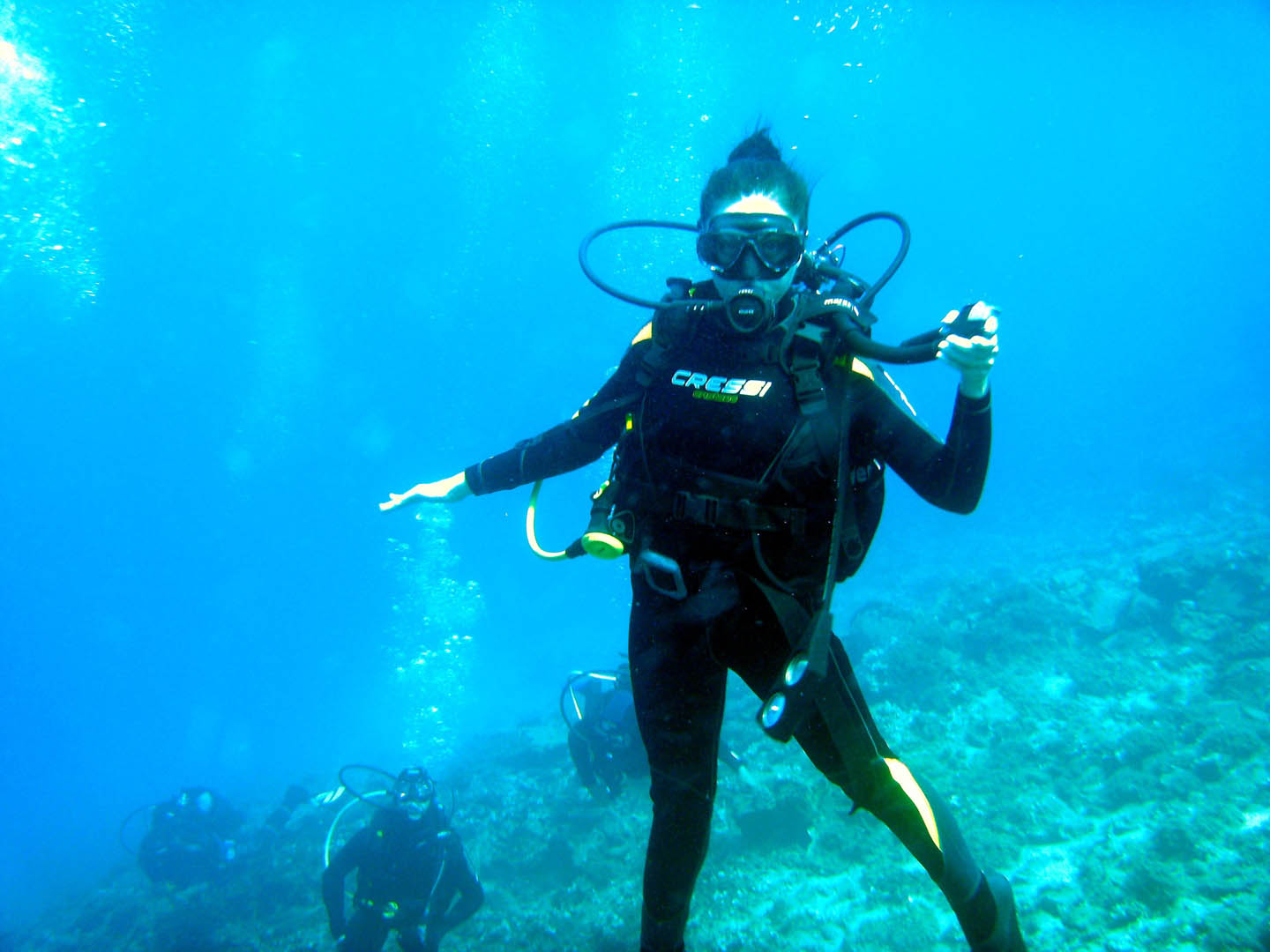 The tests were carried out immediately in a water tank. Everything worked as it should …
The tests were carried out immediately in a water tank. Everything worked as it should …
On this day, Gagnan and Cousteau filed a patent application. They called their breathing apparatus “scuba gear”.
By agreement with Gagnan, Cousteau returned to Marseille. By the summer of 1943, Emil promised to complete the first complete scuba gear and send it to Marseille in the name of Daniel Cousteau.
Jacques-Yves and Simone returned from Paris inspired. Cousteau gathered his friends and invited them to move to a common house in Bandol – on the very shore of the Mediterranean Sea. It was a minute’s walk from here to the sea. In addition, Simone took care of the household – the single friends of Jacques-Yves did not need to think about the kitchen, washing, and other household trifles. They chose Villa Barry. The garage was equipped with a compressor room for charging cylinders with compressed air and a small workshop for repairing equipment.
At the beginning of June 1943, Daniel Cousteau brought the first scuba diving in history, sent by Gagnan from Paris, to the Villa Barry. Cousteau recalled: “We saw an assembly of three moderately sized compressed air cylinders connected to an alarm-clock sized air regulator. From the regulator, two pipes extended, attached to the mouthpiece. With this equipment tied with straps on the back, a mask on the eyes and nose with waterproof glass, and rubber fins on the legs, we were determined to fly unhindered in the depths of the sea. ” Note – the fins were homemade and did not resemble modern ones a little. But that was better than nothing at all.
Cousteau recalled: “We saw an assembly of three moderately sized compressed air cylinders connected to an alarm-clock sized air regulator. From the regulator, two pipes extended, attached to the mouthpiece. With this equipment tied with straps on the back, a mask on the eyes and nose with waterproof glass, and rubber fins on the legs, we were determined to fly unhindered in the depths of the sea. ” Note – the fins were homemade and did not resemble modern ones a little. But that was better than nothing at all.
Having received the scuba gear, the friends pumped air into the cylinders, plunged into the boat and set off into the sea to look for a place for testing.
Further – a word to Cousteau himself:
“We were in a hurry to a small, rock-sheltered bay that would hide our activities from curious bathers and Italian troops. I checked the air pressure. The cylinders contained air compressed to a pressure that exceeded atmospheric pressure by 150 times. It was difficult for me to contain my excitement and calmly discuss the plan for the first dive.Dumas, the best light diver in France, had to stay ashore, keeping warm and resting, ready to dive to help me if needed. My wife Simone had to swim on the surface with a snorkel and watch me through her submerged mask. If she signals that something is wrong, Dumas will be able to dive towards me in a matter of seconds. Didi, as he was called on the Riviera, can dive 60 feet without a suit.
My friends strapped a three-cylinder block on my back, with a regulator strapped to the back of my neck and hoses wrapped around my head.I spat inside my impact-resistant glass mask and washed it in the surf to keep it from fogging up. I fitted the rubber strap tightly for a snug fit on the forehead and cheekbones. A small valve the size of a paper clip was supposed to circulate air under water. Staggering under the weight of a 50-pound vehicle, I waddled into the sea.
I’ve experimented with every possible maneuver – loops, rolls and rolls. I stood upside down on one finger and suddenly started laughing with a harsh distorted laugh.Freed from the force of gravity and buoyancy, I floated in space … “
To be continued …
90,000 300 bar scuba high pressure air compressor scuba diving breath
300 & bcy; acy; & rcy; & kcy; & ocy; & mcy; & pcy; & rcy; & iecy; & scy; & scy; & ocy; & rcy; & vcy; & ycy; & scy; & ocy; & kcy; & ocy; & gcy; & ocy; & dcy; & acy; & vcy; & lcy; & iecy; & ncy; & icy; yacy; & pcy; & ocy; & dcy; & vcy; & ocy; & dcy; & ncy; & ocy; & iecy; & pcy; & lcy; & acy; vcy; & acy; & ncy; & icy; & iecy; & dcy; & ycy; & shcy; & acy; & tcy; & softcy; scba & pcy; & ocy; & rcy; & tcy; & acy; & tcy; & icy; vcy; & ncy; & ycy; & jcy; & vcy; & ocy; & zcy; & dcy; & ucy; & shcy; & ncy; & ycy; & jcy; & kcy; & ocy; & mcy; & pcy; & rcy; & iecy; & scy; & scy; & ocy; & rcy;
& Ecy; & tcy; & ocy; & tcy; & ecy; & lcy; & iecy; & kcy; & tcy; & rcy; & icy; & chcy; & iecy; & scy; & kcy; & icy; & jcy; & zcy; & acy; & pcy; & rcy; & acy; & vcy; & ocy; & chcy; & ncy; & ocy; & jcy; & scy; & tcy; & acy; & ncy; & tscy; & icy; & icy; & vcy; & ocy; & zcy; & dcy; & ucy; & khcy; & acy; & ncy; & acy; & bcy; & acy; & zcy; & iecy; & shcy; & icy; & rcy; & ocy; & kcy; & ocy; & icy; & scy; & pcy; & ocy; & lcy; & softcy; & zcy; & ucy; & iecy; & tcy; & scy; & yacy; & vcy; & kcy; & ocy; & mcy; & mcy; & iecy; & rcy; & chcy; & iecy; & scy; & kcy; & icy; & khcy; & sol; & ocy; & tcy; & dcy; & ycy; & khcy; & pcy; & ocy; & dcy; & vcy; & ocy; & dcy; & ncy; & ocy; & iecy; & pcy; & lcy; & acy; vcy; & acy; & ncy; & icy; & iecy; & mcy; & icy; & rcy; & acy; & comma; & Pcy; & iecy; & jcy; & ncy; & tcy; & bcy; & ocy; & lcy; & icy; & dcy; & rcy; & ucy; & gcy; & icy; & khcy; & ocy; & tcy; & rcy; & acy; & scy; & lcy; & iecy; & jcy; & pcy; & rcy; & ocy; & mcy; & ycy; & shcy; & lcy; & iecy; & ncy; & ncy; & ocy; & scy; & tcy; & icy; & pcy; & ocy; & dcy; & acy; & lcy; & icy; & vcy; & ycy; & scy; & ocy; & kcy; & ocy; & gcy; & ocy; & dcy; & acy; & vcy; & lcy; & iecy; & ncy; & icy; & yacy; & period;
& Ocy; & ncy; & mcy; & ocy; & zhcy; & iecy; & tcy; & bcy; & ycy; & tcy; & softcy; & icy; & scy; & pcy; & ocy; & lcy; & softcy; & zcy; & ocy; & vcy; & acy; & ncy; & dcy; & lcy; & yacy; & pcy; & rcy; & ocy; vcy; & iecy; & rcy; & kcy; & icy; & ucy; & tcy; & iecy; & chcy; & kcy; & icy; & gcy; & acy; & zcy; & acy; & icy; & zcy; & acy; & lcy; & icy; & vcy; & kcy; & acy; & ncy; & acy; & scy; & ucy; & shcy; & iecy; & icy; & lcy; & icy; & ncy; & acy; & kcy; & ocy; & rcy; & acy; & bcy; & lcy; & softcy; & period;
& Ecy; & tcy; & acy; & ncy; & ocy; & vcy; & acy; & yacy; & mcy; & ocy; & dcy; & iecy; & lcy; & softcy; & yacy; & vcy; & lcy; & yacy; & iecy; & tcy; & scy; & yacy; & gcy; & ocy; & rcy; & acy; & zcy; & dcy; & ocy; & bcy; & ocy; & lcy; & iecy; & iecy; & lcy; & iecy; & gcy; & kcy; & icy; & iecy; & icy; & bcy; & ocy; & lcy; & iecy; & iecy; & scy; & tcy; & bcy; & icy; & lcy; & softcy; & ncy; & ocy; & jcy; & scy; & icy; & scy; & tcy; & iecy; & mcy; & ycy; & ocy; & khcy; & lcy; & acy; & zhcy; & dcy; & iecy; & ncy; & icy; & yacy; & vcy; & ocy; & zcy; & dcy; & ucy; & khcy; & acy; & comma; & pcy; & rcy; & ocy; & scy; & tcy; & ocy; & tcy; & acy; & vcy; & ecy; & kcy; & scy; & pcy; & lcy; & ucy; & acy; & tcy; & acy; & tscy; & icy; & icy; & icy; & vcy; & ycy; & scy; & ocy; & kcy; & icy; & jcy; & ucy; & rcy; & ocy; & vcy; & iecy; & ncy; & softcy; & bcy; & iecy; & zcy; & ocy; & pcy; & acy; & scy; & ncy; & ocy; & scy; & tcy; & icy; & icy; & ncy; & acy; & dcy; & iecy; & zhcy; & ncy; & ocy; & scy; & tcy; & icy; & period;
& Zcy; & acy; & pcy; & ocy; & lcy; & ncy; yacy; & iecy; & tcy; & acy; & lcy; & yucy; & mcy; & icy; & ncy; & icy; & iecy; & vcy; & ycy; & jcy; 80 & vcy; & scy; & iecy; & gcy; & ocy; 20 & mcy; & icy; & ncy; & ucy; & tcy; & period;
& Ucy; & pcy; & lcy; & ocy; & tcy; & ncy; & iecy; & ncy; & ycy; & khcy; & pcy; & rcy; & ocy; & scy; & tcy; & rcy; & acy; & ncy; & scy; & tcy; & vcy; & ocy; & mcy; & dcy; & icy; & zcy; & acy; & jcy; & ncy; & Vcy; & ycy; & scy; & ocy; & kcy; & icy; & jcy; & ucy; & rcy; & ocy; & vcy; & iecy; & ncy; & softcy; & bcy; & iecy; & zcy; & ocy; & pcy; & acy; & scy; & ncy; & ocy; & scy; & tcy; & icy; & icy; & ncy; & acy; & dcy; & iecy; & zhcy; & ncy; & ocy; & scy; & tcy; & icy; & period;
& Pcy; & rcy; & ocy; & scy; & tcy; & ocy; & tcy; & acy; & vcy; & ecy; & kcy; & scy; & pcy; & lcy; & ucy; & acy; & tcy; & acy; & tscy; & icy; & icy; & ncy; & icy; & zcy; & kcy; & icy; & jcy; & ucy; & rcy; & ocy; & vcy; & iecy; & ncy; & softcy; & vcy; & icy; & bcy; & rcy; & acy; & tscy; & icy; & icy; & comma; & scy; & kcy; & ocy; & rcy; & ocy; & scy; & tcy; & softcy; & icy; & ucy; & rcy; & ocy; & vcy; & iecy; & ncy; & softcy; & shcy; & ucy; & mcy; & acy; & period;
& Fcy; & ucy; & ncy; & kcy; & tscy; & icy; & icy; & colon;
– & IEcy; & mcy; & kcy; & ocy; & scy; & tcy; & softcy; & colon; 100 & lcy; & sol; & mcy; & icy; & ncy; & period;
– & dcy; & acy; & vcy; & lcy; & iecy; & ncy; & icy; & iecy; & colon; 300 & bcy; & acy; & rcy;
– & Pcy; & icy; & tcy; & acy; & ncy; & icy; & iecy; & colon; & bcy; & iecy; & ncy; & zcy; & icy; & ncy; honda 5 & period; 5hp
– & Scy; & icy; & scy; & tcy; & iecy; & mcy; & acy; & ocy; & khcy; & lcy; & acy; & zhcy; & dcy; & iecy; & ncy; & icy; & yacy; & dcy; & vcy; & icy; & gcy; & acy; & tcy; & iecy; & lcy; & yacy; & pcy; & ucy; & tcy; & iecy; & mcy; & colon;
-???????????? Colon; 450 mmx400 MMX400 & mcy; & mcy;
– & Vcy & iecy & scy & colon; 45 & kcy; & gcy;
– & Acy; & vcy; & tcy; & ocy; & mcy; & acy; & tcy; & icy; & chcy; & iecy; & scy; & kcy; & acy; & yacy; & ocy; & scy; & tcy; & acy; & ncy; & ocy; & vcy; & kcy; & acy; & colon; & dcy; & acy;
– & Vcy & ocy; & dcy; & ocy; & ocy; & tcy; & dcy; & iecy; & lcy; & icy; & tcy; & iecy; & softcy; & sol; & ocy; & scy; & ucy; & shcy; & icy; & tcy; & ie yacy; & lcy; & tcy; & ie yacy; & lcy; & tcy & colon; & dcy; & acy;
– & Bcy; & iecy; & zcy; & ocy; & pcy; & acy; & scy; & ncy; & ocy; & scy; & tcy; & softcy; & zcy; & ncy; & acy; & chcy; & iecy; & ncy; & icy; & iecy; & colon; & dcy; & acy;
– & Vcy; & scy; & tcy; & rcy; & ocy; & iecy; & ncy; & ncy; & ycy; & jcy; & ocy; & khcy; & lcy; & acy; & dcy; & icy; & tcy; & iecy; & lcy; & softcy; & colon; & dcy; & acy;
& Pcy; & rcy; & icy; & mcy; & iecy; & chcy; & acy; & ncy; & icy; & iecy; & colon; & Pcy; & ucy; & ncy; & kcy; & tcy; & bcy; & ucy; & dcy; & ucy; & tcy; & pcy; & ocy; & scy; & tcy; & acy; & vcy; & lcy; yacy; & tcy; & softcy; & scy; & yacy; & scy; DHL & comma; & ocy; & ncy; & acy; & zcy; & acy; & ncy; & icy; & mcy; & acy; & iecy; & tcy; 4-7 & dcy; & ncy; & iecy; & jcy; & dcy; & lcy; & yacy; & dcy; & ocy; & scy; & tcy; & acy; & vcy; & kcy; & icy;
90,000 Underwater.Oceanology for kids. Want to know everything!
Share with your friends, maybe
they need this information!
Contents
Chapter Five
Underwater
Very soon Tanya and Vanya learned to lie on the water, do a float and a handstand right at the bottom.
– How difficult it is to dive deep! – Vanya complained.
– Archimedes won’t let you in! – the sister laughed.
“True, but it’s not just Archimedes,” my mother explained. – A man has nothing to breathe under water! The best divers in the world are Japanese. They are called áma. In order to cope with Archimedes, they take with them a heavy metal ingot and with its help quickly descend to the bottom. They can spend one and a half or even two minutes under water, collecting shells and algae. But in order not to breathe for so long, they have to train for several years!
– Two minutes – how little! – Vanya exclaimed.
– It depends with what to compare! – objected mom. – But for a longer time there will not be enough air in the lungs …
– And Sergei has scuba gear! – said Tanya.
– Oh! Scuba! With scuba diving, of course, you can spend more time underwater. The word “aqualung” has two parts: Latin – “aqua”, which means “water”, “water”, and English – “lang”, that is, “light”.
– Water and light what? – Tanya asked.
– No, “light” is not in the sense of “not heavy”, but in the sense of a part of the body, the very lungs that we breathe.Scuba cylinders contain a supply of compressed air. And it was invented by the French, Jacques-Yves Cousteau and his friend Emile Gagnan.
– All nations mingled in one scuba gear! – Vanya remarked importantly.
– Oh, look, Danya is coming! – Tanya waved her hand. – Danka, hello!
Daniel, without haste, walked over to them and sat down on the bedspread.
– Let’s play? – he suggested and began to deal cards.
– Play, – said my mother and took out a book, – but I better read it.
– Do you know what is the deepest place in the ocean? – Danya asked when everyone sorted out their cards.
– Which one? – Vanya got interested.
– This is the Challenger Abyss in the Mariana Trench! Almost eleven kilometers deep!
– And where is this abyss?
– In the Pacific Ocean! There is the marginal Philippine Sea. It is separated from the ocean by the Mariana Islands and this very trench is such a narrow and long depression at the bottom!
– Yes, eleven kilometers! – Vanya held out, going over his cards. – You can’t dive there without scuba gear …
– Record of scuba diving – only three hundred thirty meters! – objected Danya.- The instructor told us. And we will go on an underwater excursion soon! Let’s go down to the sunken ship! But only twelve meters …
– Great! – Vanya said enviously. – Are you looking for treasures?
– What treasures are there! They have already pulled everything out in the shallow water. Here and locals dive, and visitors … Now if it goes deeper … Or in other places, away from tourists … And black archaeologists …
Tanya shuddered.
– Why can’t scuba diving go deeper than three hundred meters? – Vanya finished the game and began to fiddle with his mother.Mom looked up from her book:
– It’s very simple: there is a lot of pressure at depth. When we are on land, the atmosphere presses on us: that layer of air that envelops the Earth. But we are used to it, we do not notice, because we have the same pressure inside us as outside. It is called that: pressure in one atmosphere. And if you dive, then the pressure of the water column will begin to add from above. Water is much denser than air. Therefore, for every ten meters of immersion, another atmosphere of pressure is added.He sank a hundred meters – and the pressure is already eleven atmospheres! Not everyone has enough breathing muscles to take at least one breath when so many atmospheres are pressing on your chest!
– Wow! – Vanya was amazed. – And how many atmospheres are there in this Mariana Abyss?
– More than a thousand!
– Probably crush it into a cake! O! And Tanya again with a bunch of cards! – Vanya giggled.
– Firstly, not Tanya, but Tanya! And secondly, there are losers in any game.And there is nothing to be ashamed of. Don’t be upset, Tanechka! Let’s better build a model of a bathyscaphe out of sand!
– And what is a bathyscaphe? – Tanya asked, raising her head higher and blinking so that tears would not roll out of her eyes.
– The Bathyscaphe is a deep-sea ship.
– How is the submarine? – Vanya quickly clarified.
– No, the submarine cannot swim deep. She plunges two hundred meters, well, three or four hundred. At great depths, it will also be crushed, although its body is made of the strongest metals.
– And the bathyscaphe?
– In the bathyscaphe, people can even descend into the Mariana Trench! – my mother began to draw a sketch in the sand. – He has a large float filled with gasoline, tanks with ballast and a gondola for people who descend in the bathyscaphe – aquanauts. The walls of this gondola are almost thirteen centimeters thick!
© Author of the drawing: Antonina Lukyanova,
specially for the portal “Sun”
– Wow! It looks like an airship! – Vanya exclaimed.
– Yes, it seems, – Mom agreed.“But the float of the bathyscaphe uses gasoline, which is lighter than water, and the airship uses helium gas, which is lighter than air. Both devices are lifted by the force of Archimedes. And the shape of the gondola is also different: in the bathyscaphe it looks like a ball in order to better withstand deep-sea pressure, and in the airship the gondola is elongated, streamlined, so that there is less air resistance when moving forward.
– What are the names of those who fly in the airship? – asked Tanya.
– Aeronauts! From the Greek word for “air” – air!
– There are still astronauts, – said Danya.
– Yes, this is the same as the astronauts. In Greek, “astronomer” is a star, – explained my mother.
– Aqua – water, aerial – air, astronomer – star. And the Navty? – asked Vanya.
– This is also from the Greek word “navigator” …
– Oh, my ancestors are already looking for me! – Danya began to collect cards. He jumped up awkwardly and destroyed the sandy bathyscaphe.
– Eh you … pesconaf-naf! – upset Tanya exclaimed.
– It’s okay! Then we’ll build even better! Let’s go swimming! – suggested mom.
Reference for adults
Air pressure is often measured in millimeters of mercury. The pressure of one atmosphere is the air pressure equal to the pressure of a column of mercury 760 mm high (they write: the pressure is 760 mm Hg). One atmosphere pressure can only be tested at sea level. As we rise, the air pressure decreases, because the thickness of the air layer, which presses on us, decreases. If you live in the mountains, your normal atmospheric pressure may be much lower than 760 mm.rt. Art.
Assignment for children and parents
Calculate how much the normal air pressure in your area differs from the pressure of one atmosphere (or 760 mm Hg).

 You can try certain maneuvers, called Valsalva maneuvers, such as yawning or trying to blow with your nose and mouth closed, to open the tube and equalize the pressure.
You can try certain maneuvers, called Valsalva maneuvers, such as yawning or trying to blow with your nose and mouth closed, to open the tube and equalize the pressure.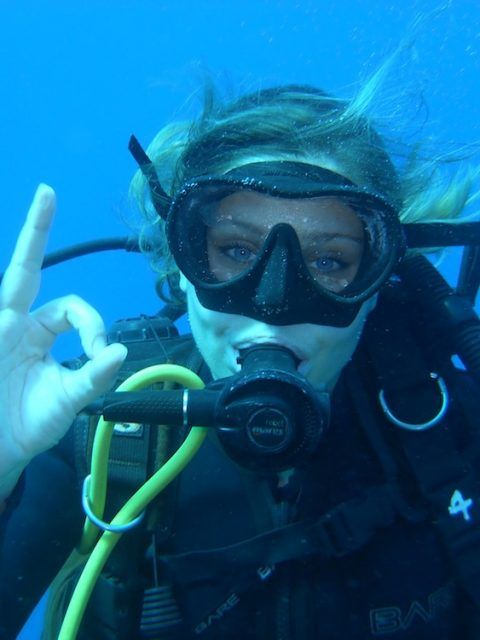
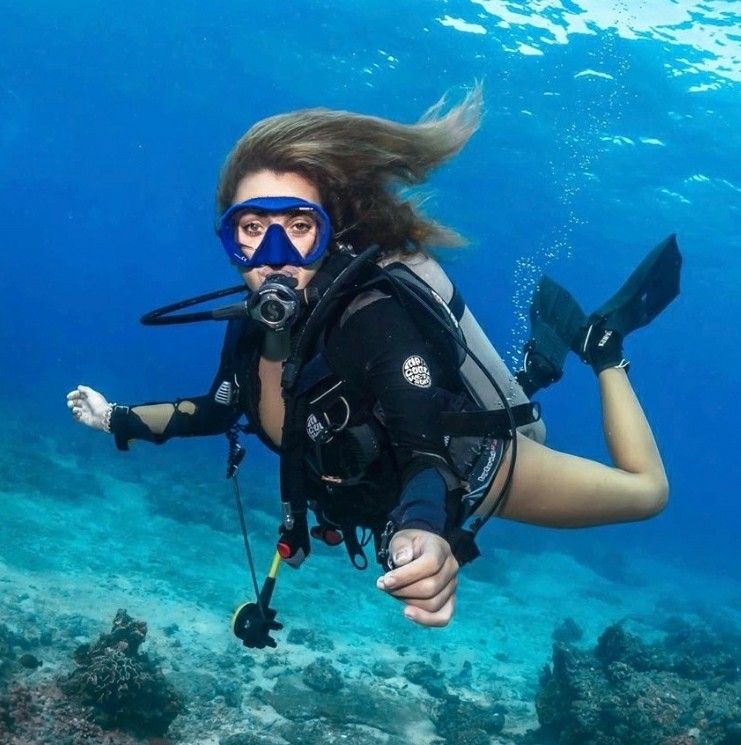


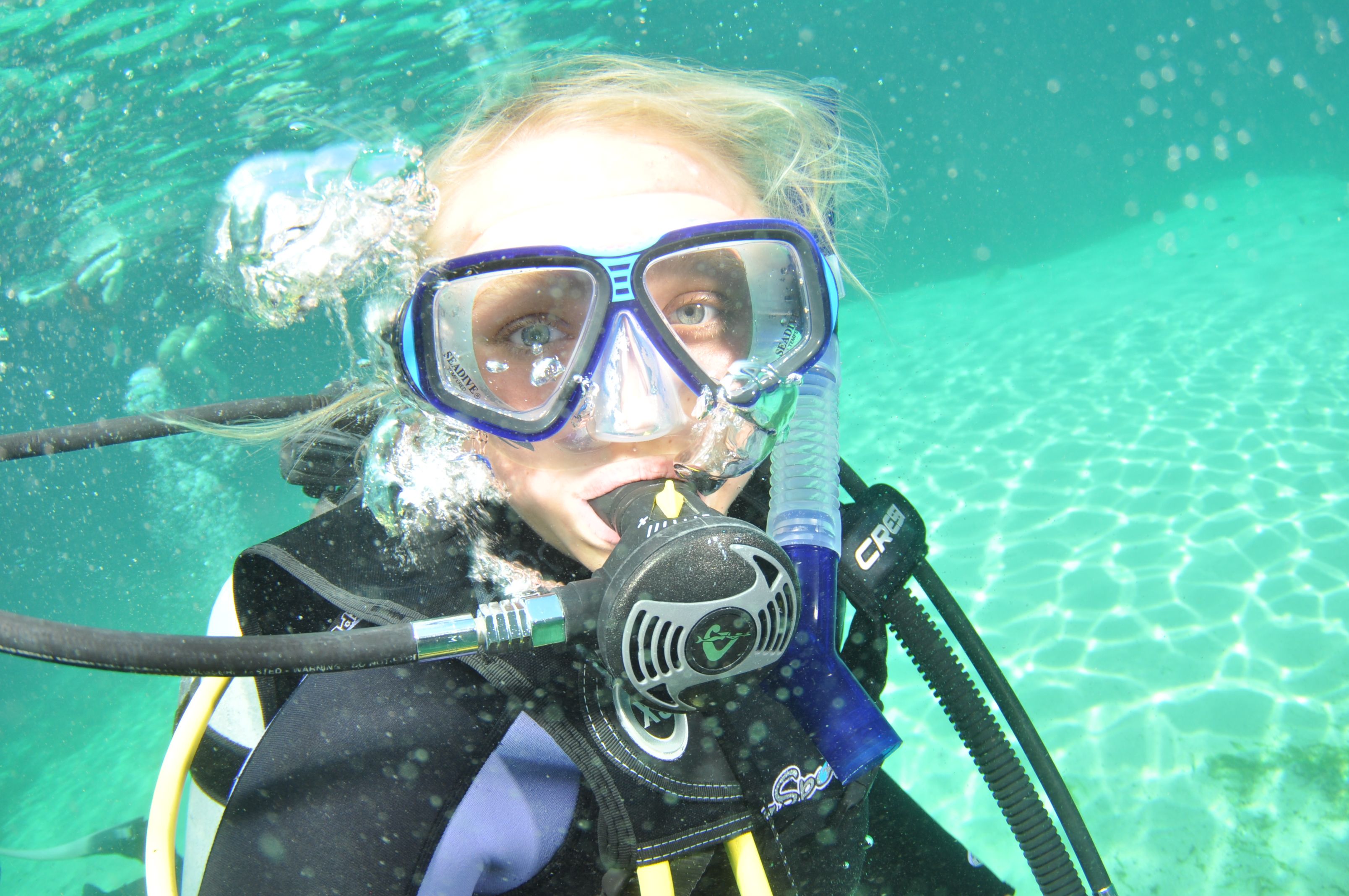
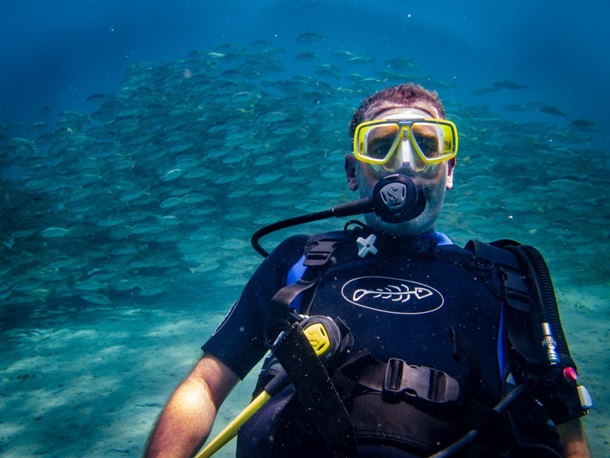
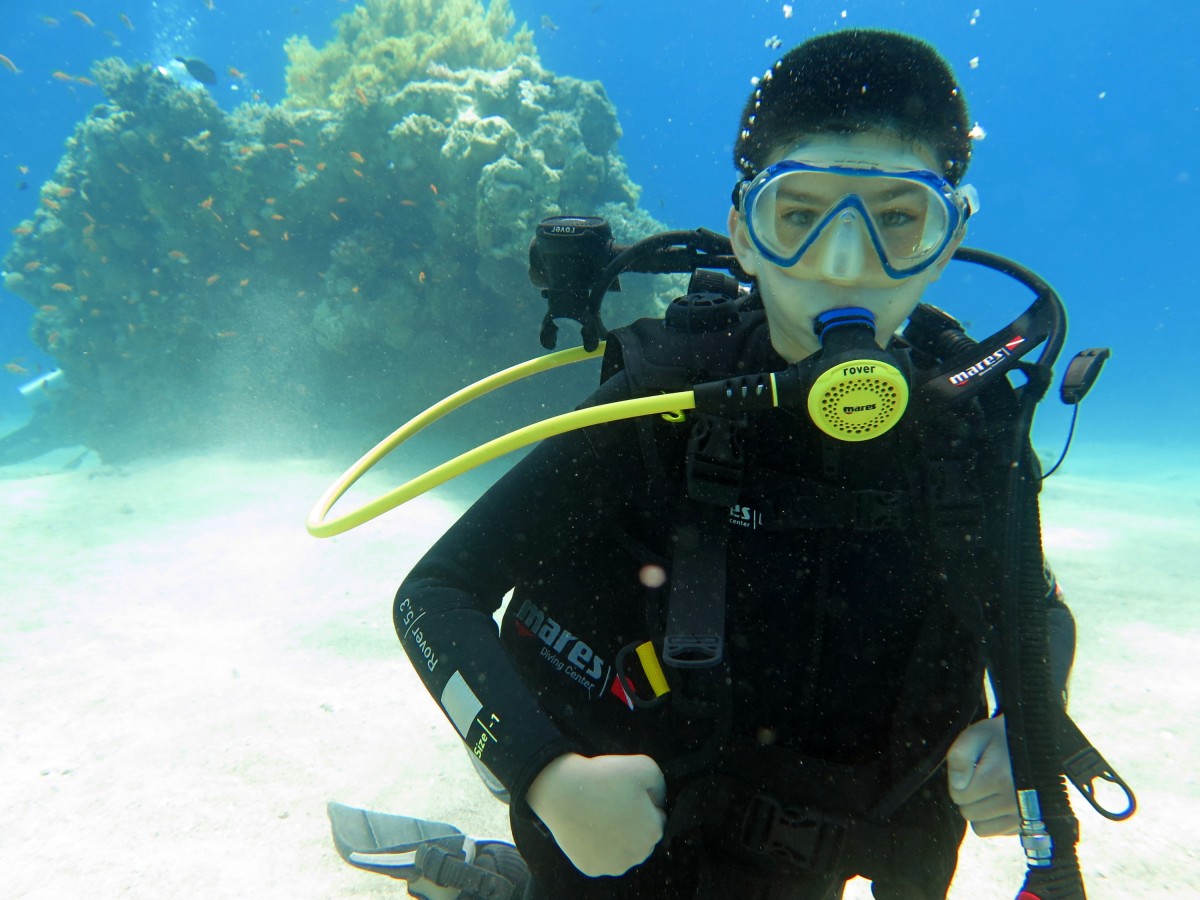 They provide information similar to the original diving tables but are more precise. Be certain you are familiar with their use before depending on them.
They provide information similar to the original diving tables but are more precise. Be certain you are familiar with their use before depending on them.
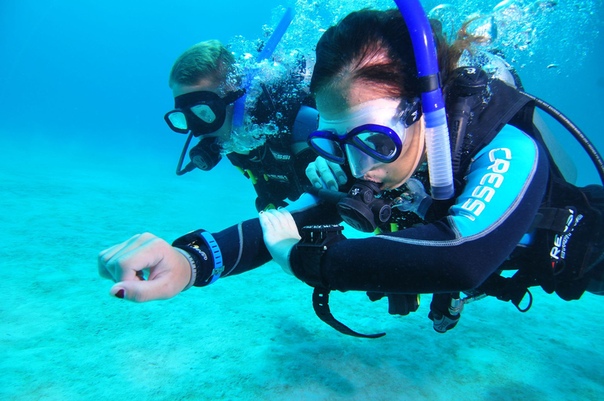
 The diving mask has a black frame made of impact-resistant polycarbonate plastic; black silicone skirt; impact resistant hardened lenses; and an easily adjustable strap.
The diving mask has a black frame made of impact-resistant polycarbonate plastic; black silicone skirt; impact resistant hardened lenses; and an easily adjustable strap.